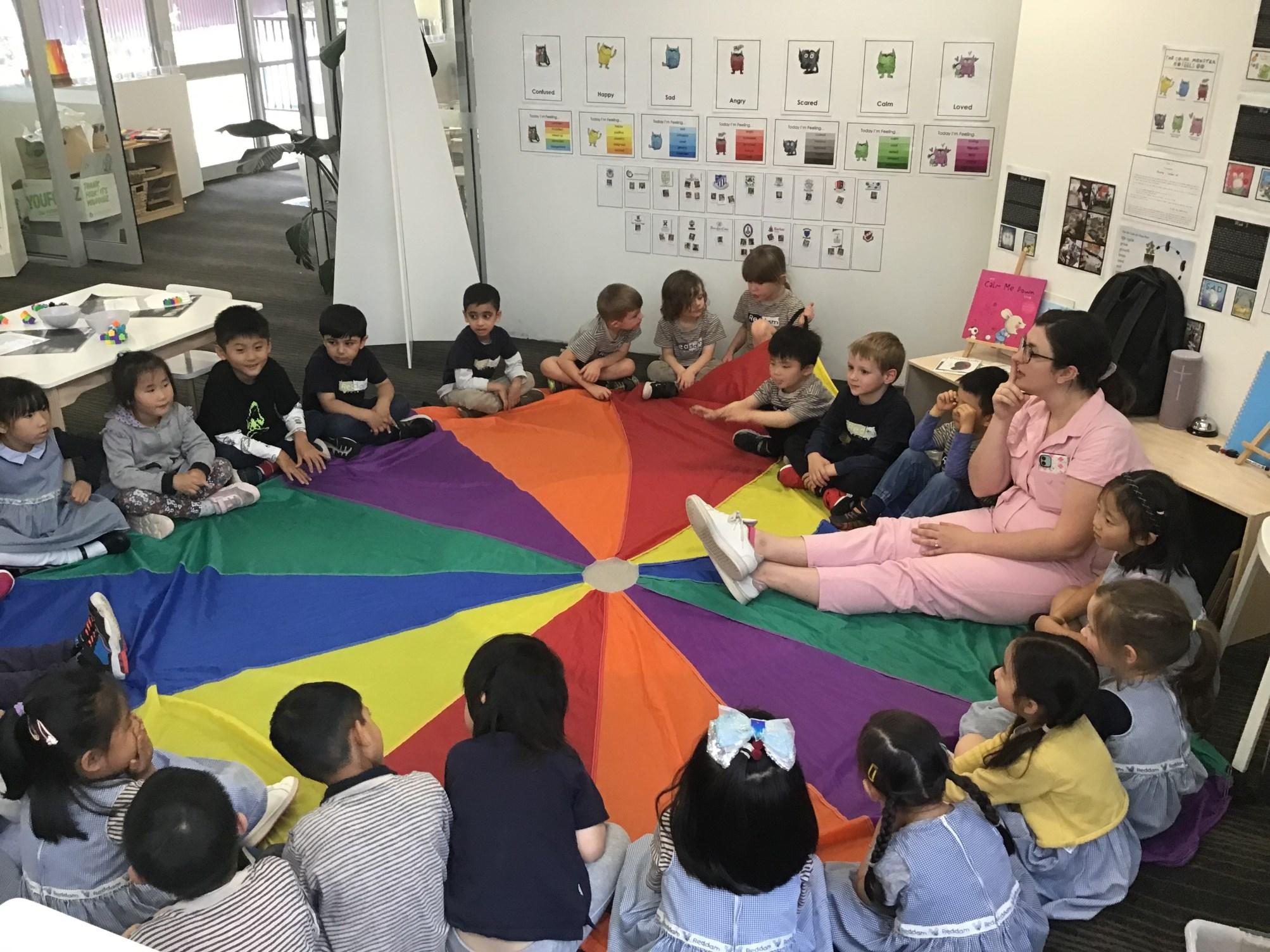Principal’s Message Continued...
Graduation and Christmas Concert
By Chrsitine Irwin
These dates have now been confirmed with all classrooms so please lock into your diaries.
All family members are welcome to attend
Tuesday 6 th December 2022 9:30am 4E
Wednesday 7 th December 2022 3pm 3E
Thursday 8 th December 2022 9:30am 4R
Tuesday 13 th December 2022 3pm 2E
Tuesday 13 th December 2022 3pm 1R
Wednesday 14 th December 2022 3pm 1E
Thursday 15 th December 2022 3pm 2R
Friday 16 th December 2022 3pm 3R
Holidays
If you are taking leave over the December 2022 or January 2023 period and your child is not attending the school, we ask families to please email the school to let us know so we can roster staff accordingly during this period.
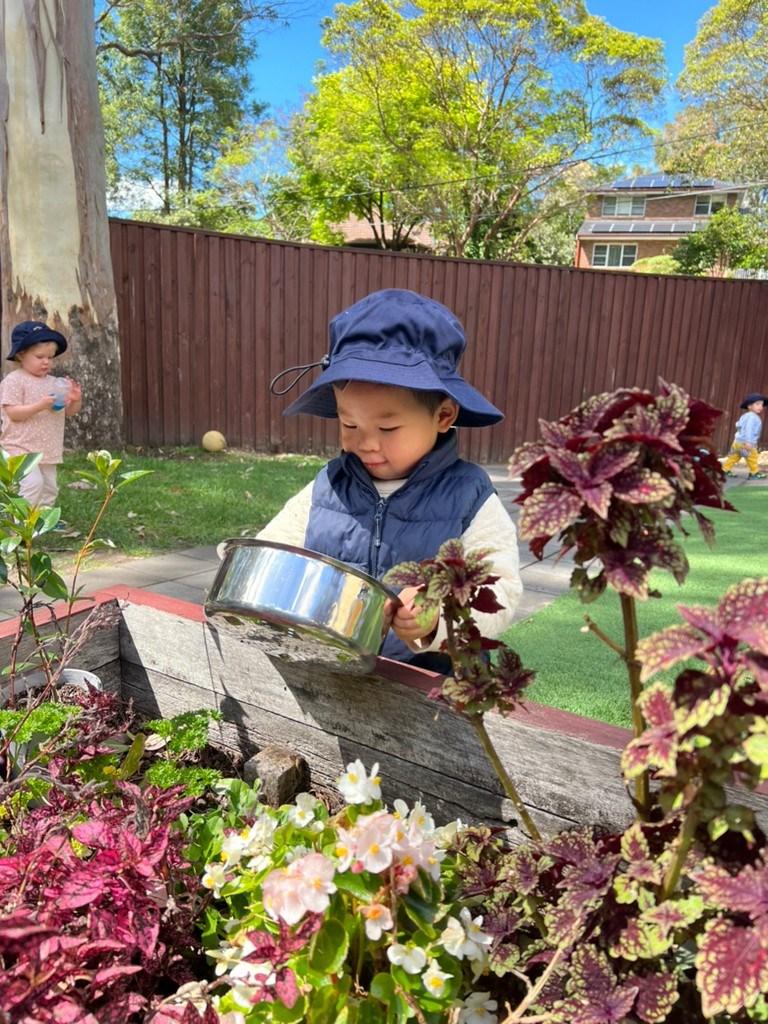
2022/2023 Closure
Our last day of Term for 2022 will be Friday the 23 d December 2022 We reopen for Term 1 2023 on Tuesday 10th January 2023
Looking forward to chatting with you soon
Christine Irwin Principal
2
By Heather Gaskall
This week we have embarked on a journey to the Polar areas discovering the animals who live in these extremely cold places. There are two Polar areas covered in ice and snow on our Mother Earth, North Pole (Arctic) and South Pole (Antarctica). Due to their unique geographical location, Summer and Winter are the only seasons in these polar habitats. Their temperatures can go below 50 degrees celsius. But what is very interesting is both of these Poles can be classed as a desert owing to the low rainfall. The Antarctic Polar Desert, which makes up the vast majority of Antarctica, is the largest desert in the world. In fact this single desert is larger than the combined size of the Gobi Desert, the Arabian Desert and the Sahara Desert. There is a super handy trivia answer for you all.
To entice the children's interest in these creatures we have provided the children with many Polar habitats and sensory experiences. Sensory play is the type of activity that stimulates children’s senses which are the different ways we perceive the world. Our brains use senses to help us manoeuvre in our surroundings and sensory play helps children develop them. The five most commonly known senses are taste, smell, sight, sound, and touch. When we create our sensory trays and habitats we try to combine some of these five senses. Sometimes, as in this week, it will be the sense of touch as in cold. Or we will sometimes include lights, like fairy lights to stimulate the sense of sight. We use many different items in our sensory trays to make them as interesting as possible to the children and Polar Animals have been a very fun experience. The children have made the penguins waddle up and down the frozen slopes of their habitat and helped the whales to breach in the cold waters.
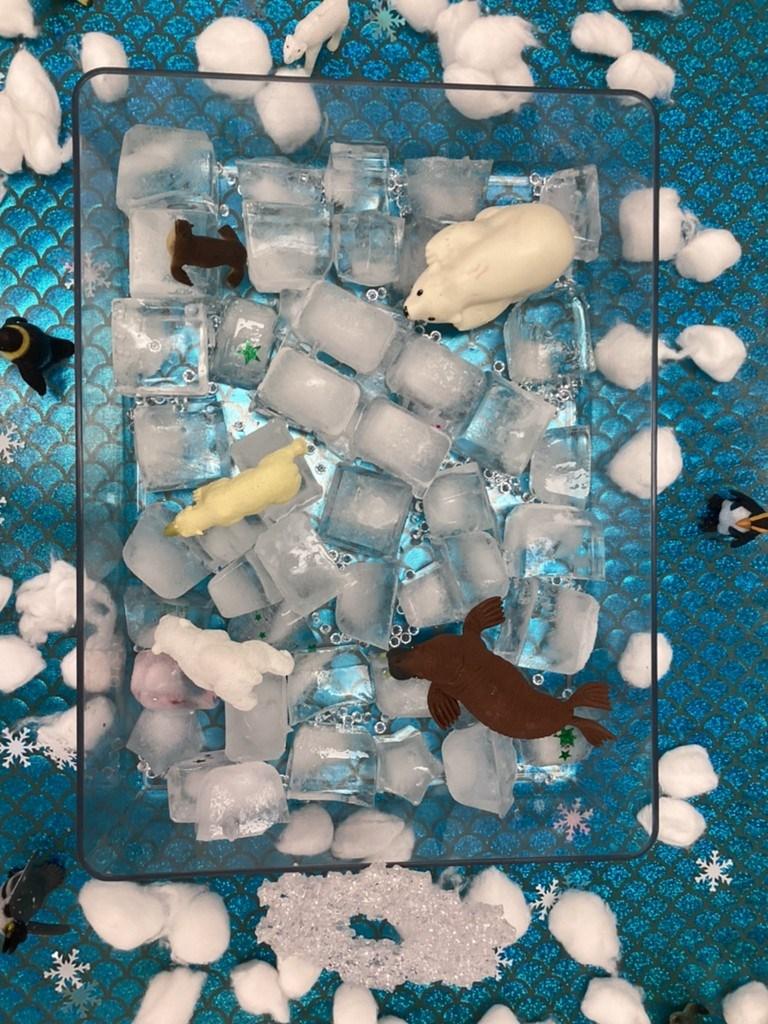
During the week we have also extended the children’s gross motor skills by following some Polar Bear footprints around the room. During this activity the children practised their listening skills and following instructions skills along with the strengthening of their gross motor skills. Naturally the children then took it a step further and began roaring like they assumed a Polar Bear would sound. It was a big giggle and enjoyed by all.
Another of the experiences was doing some simulated ice fishing, we covered a box and poked a hole in the top. Just like you would cut a hole in the ice to get to the ocean below so you could fish. Inside the box we had an assortment of magnetic sea creatures, the children took turns dipping their magnetic fishing rod into the hole. They couldn’t see into the box so they didn’t know what they were going to catch, the look of amazement on their faces was precious as they brought up their catch. And just like real fishing for those who have experienced it, sometimes their rods come up empty. It’s all about the experience, just ask any fisherman.
Wishing all our families a wonderful weekend Heather, Doris, Jaycel, & Yali
Stage 1R
3
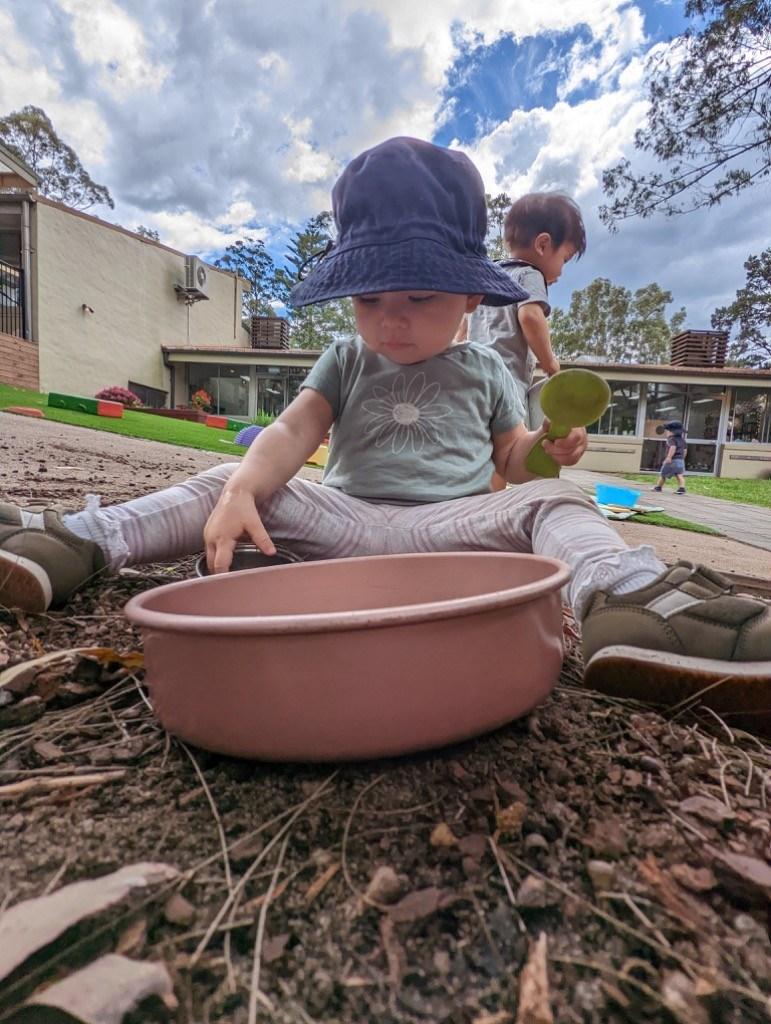
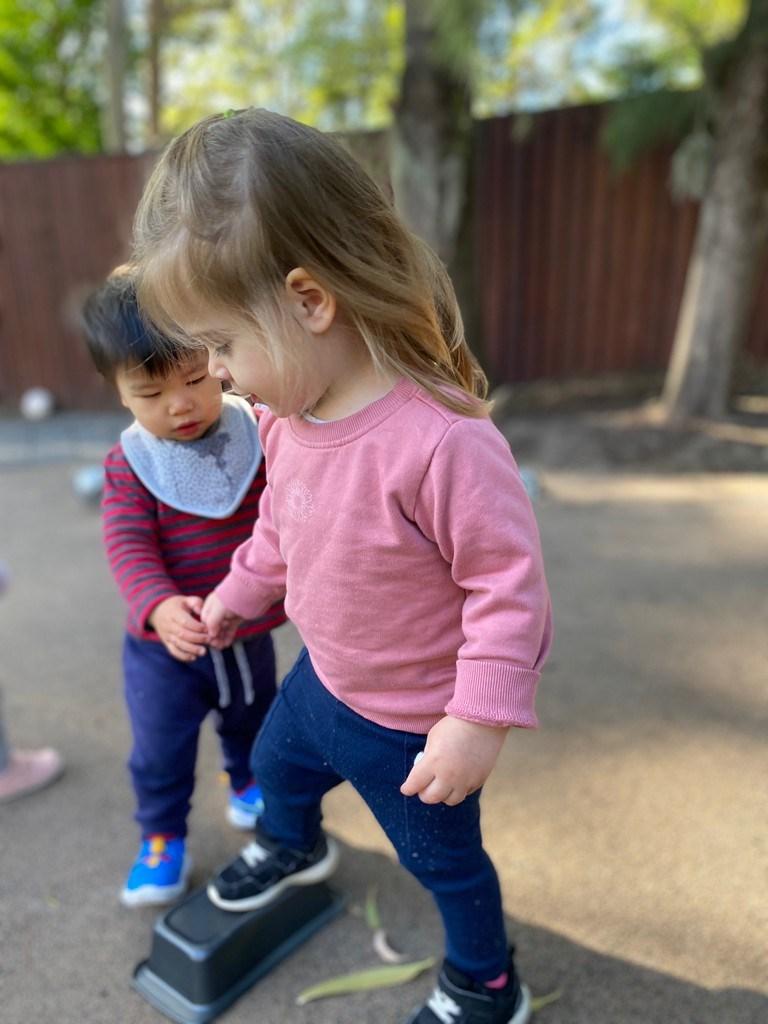
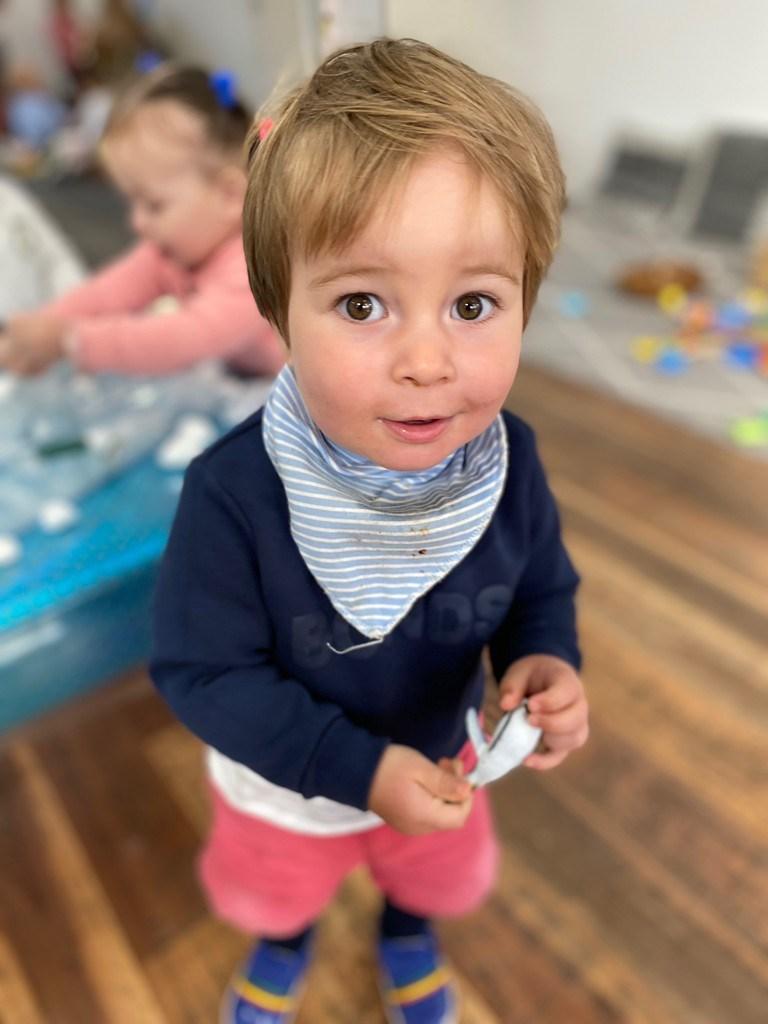
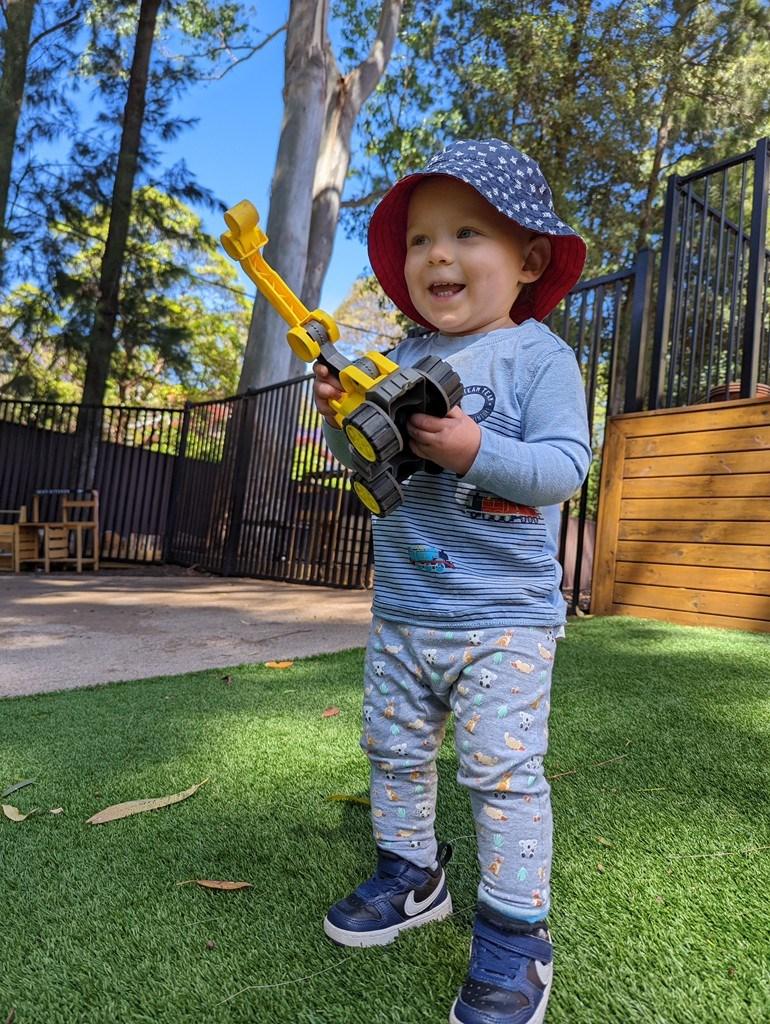

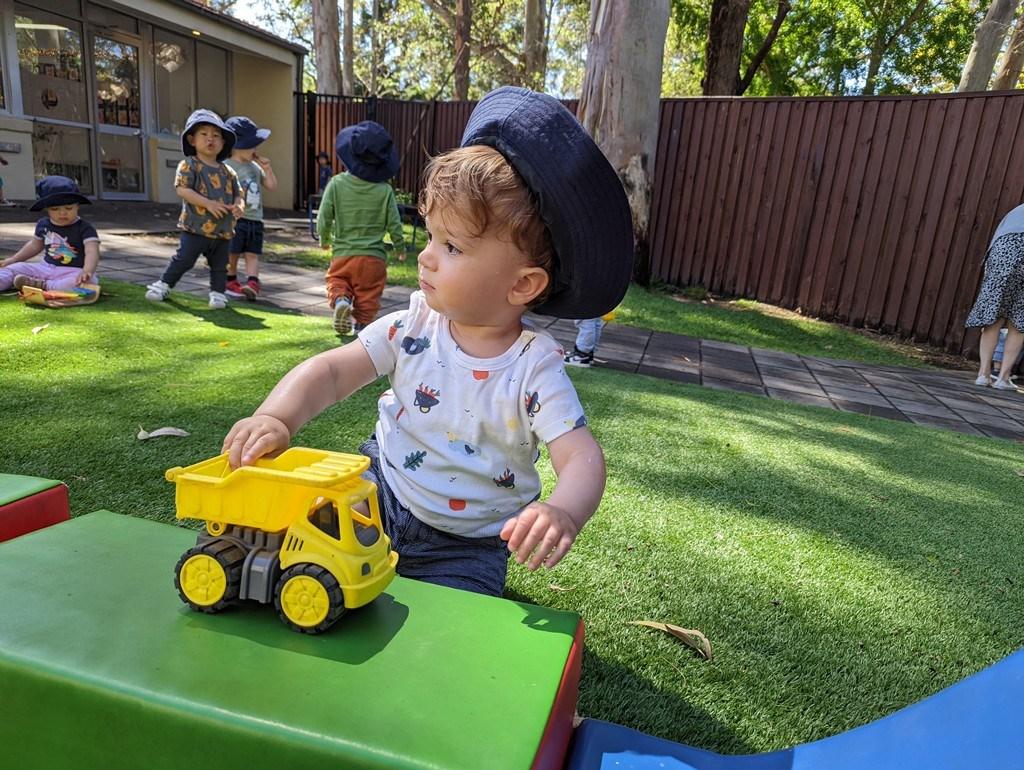
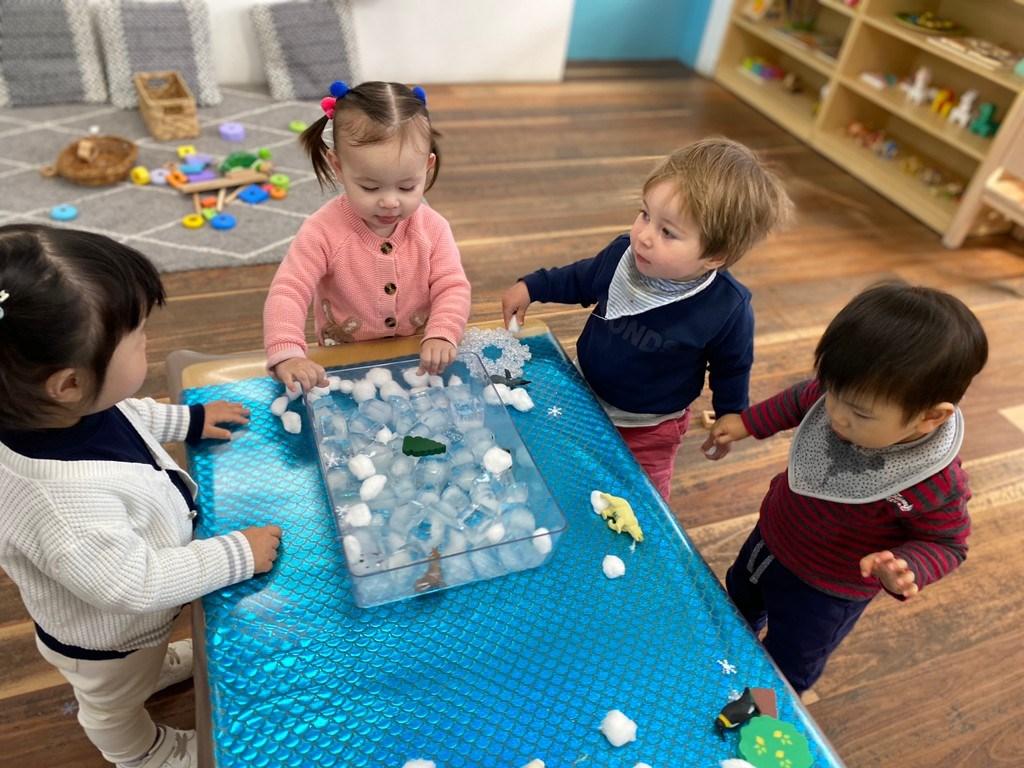

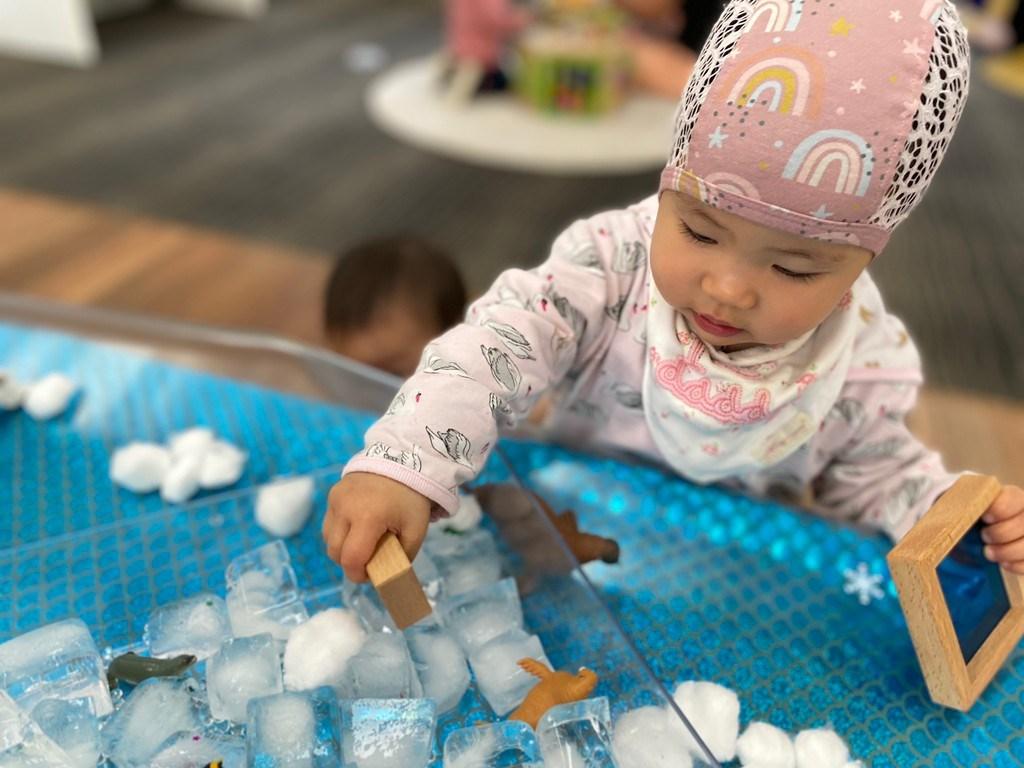
4 Stage 1R:
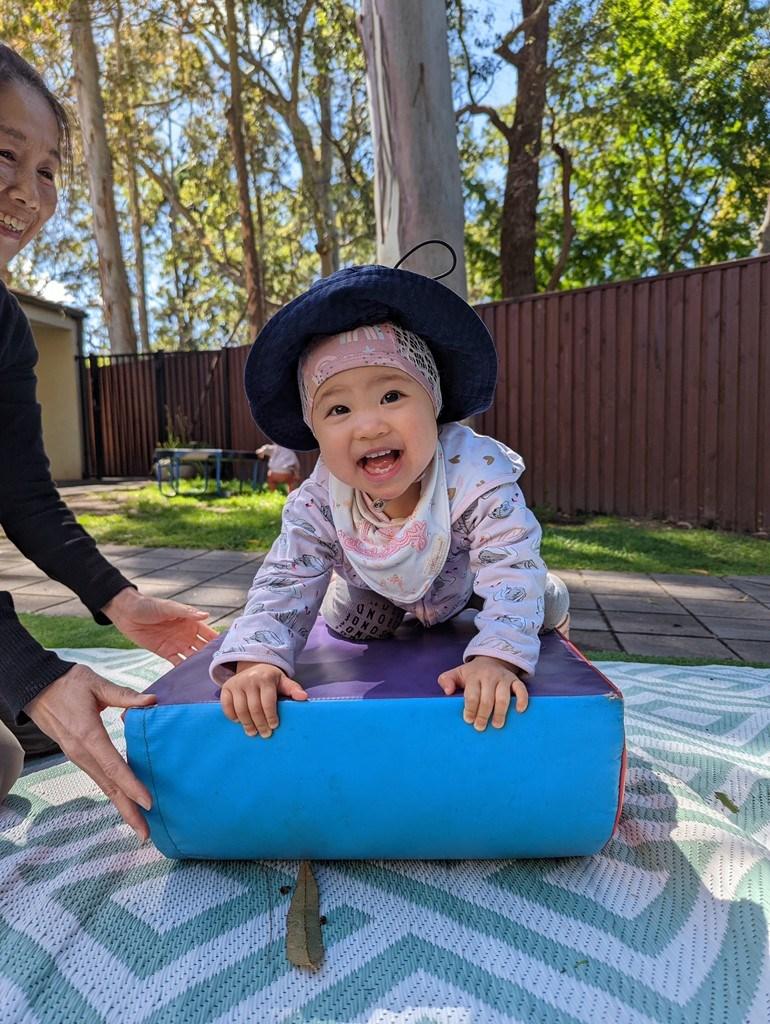 By Charity Acera
By Charity Acera
“To keep gross motor skills in optimal condition, it is important to ensure that children under two years of age get to move throughout the day preferably for four hours or more of active movement. Give them regular opportunities to crawl, climb, jump, roll, walk and run.” (Balanced and Barefoot, Angela B. Hanscom)
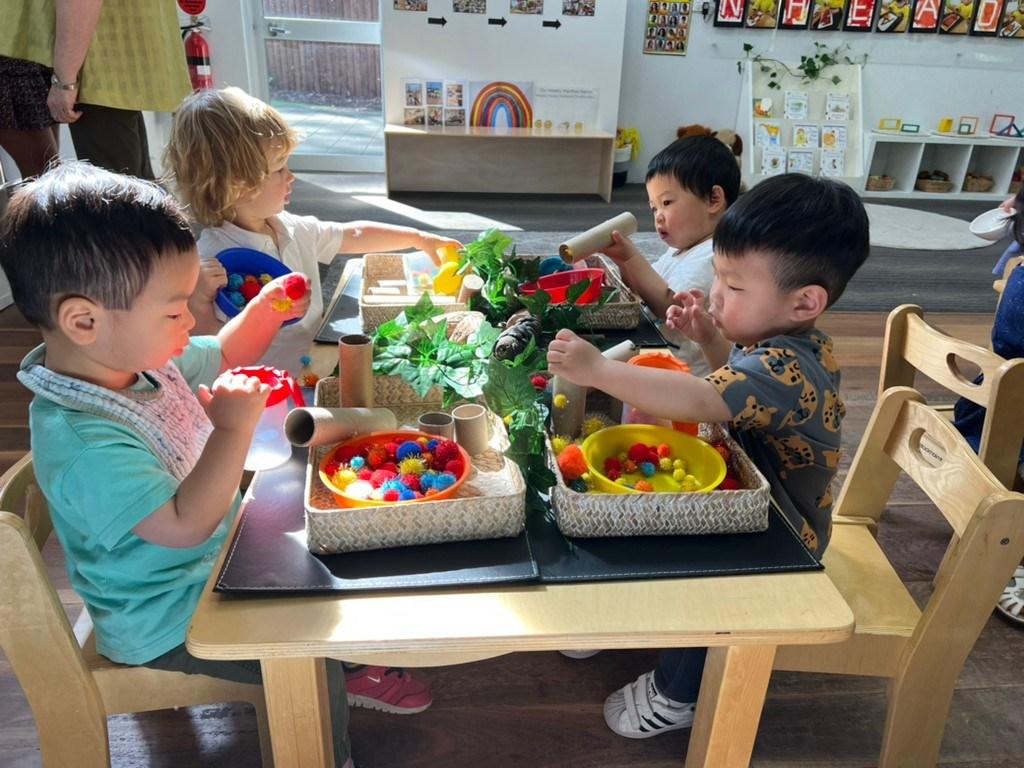
This week was another opportunity to promote independence and confidence amongst our young learners through our focus on developing their gross motor skills. Gross motor is one of the crucial physical motor skills children need to build at an early age that benefits children in various ways. Working on gross motor skills helps a child gain strength and confidence in his/her body. It also helps them get exercise and physical activity, which is important for a healthy lifestyle. Developing these skills helps children's ability to do more complex skills in future activities, such as playing sports with a team. We challenged the group to follow animal footprints and letter hopping games. Learning balance helps children develop their concentration needed for sitting and paying attention to group learning activities. The uneven surface added an extra challenge for their leg and torso coordination, this also significantly increased numeracy and colour skills.
Also, 1E group continued to work on developing this skill through a set of activities. We encouraged group coordination skills. Using a blanket, the goal was to keep the red ball inside the blanket for a toss. This not only increased cooperative playing skills but as well as developed their arm and finger strength essential for pre writing skills. Most importantly, this task aimed to improve the children's leg strength, body coordination and balance which are important for their growth and development. Extending these activities, we invited the group to dance along to Patty Shukla's I Can Do It action song. Doing jumping jacks, hopping from side to side, bending and touching toes are just a few of the bodily movements that involve the children's large muscle group. These types of movements are important for young children to practice as they develop because they help children learn how to coordinate and control their body movements.
I am very glad to share with you the children's happiness, security and connectedness to others during this time of year. We have observed warm displays of friendships amongst our young learners. Increasing self awareness is shown through their beautiful interactions with their peers and educators. Supporting this developing independence, we hope to continue developing and building more important developmental milestones in our children in our future learning journey.
Stage 1E
6
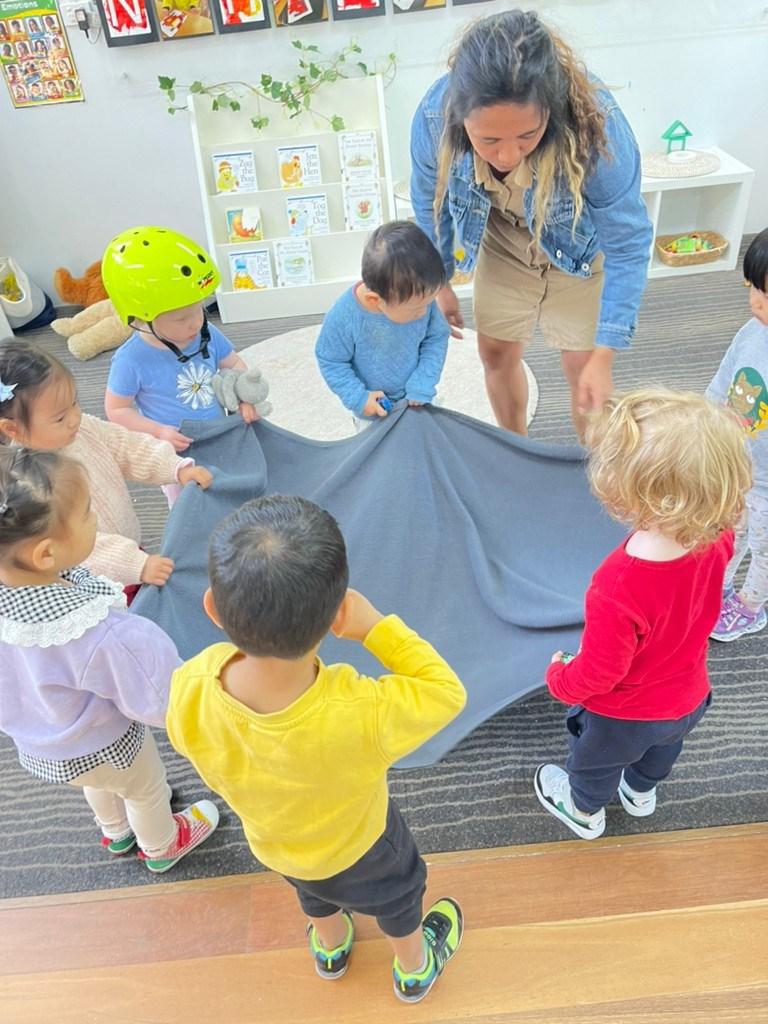

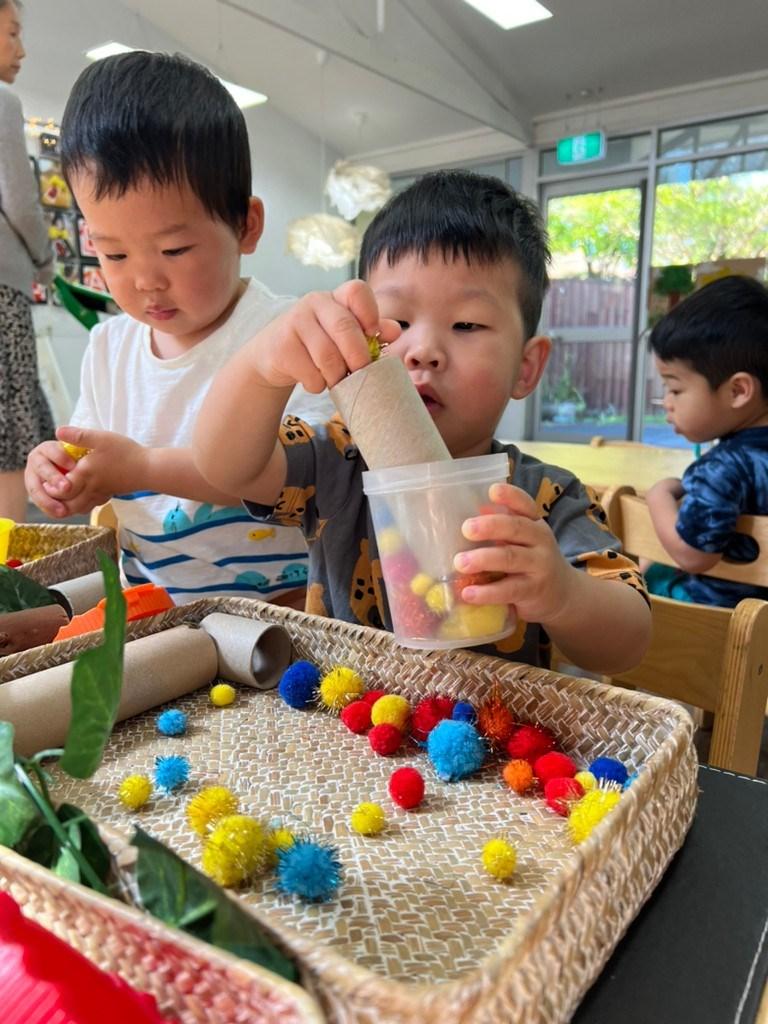
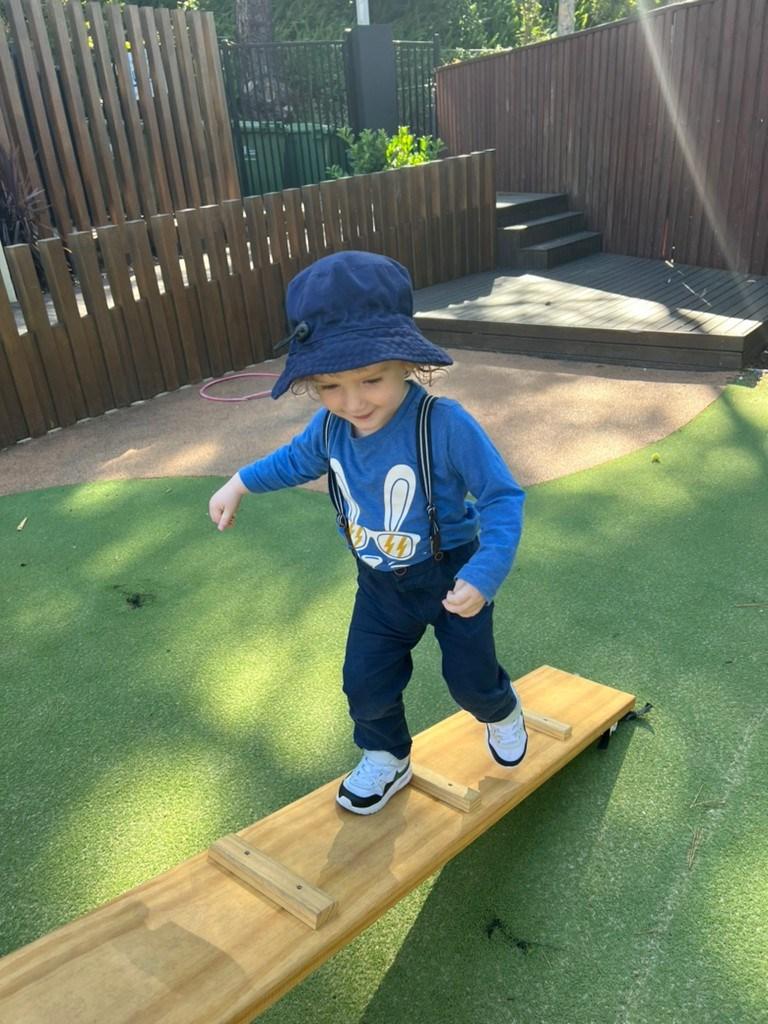


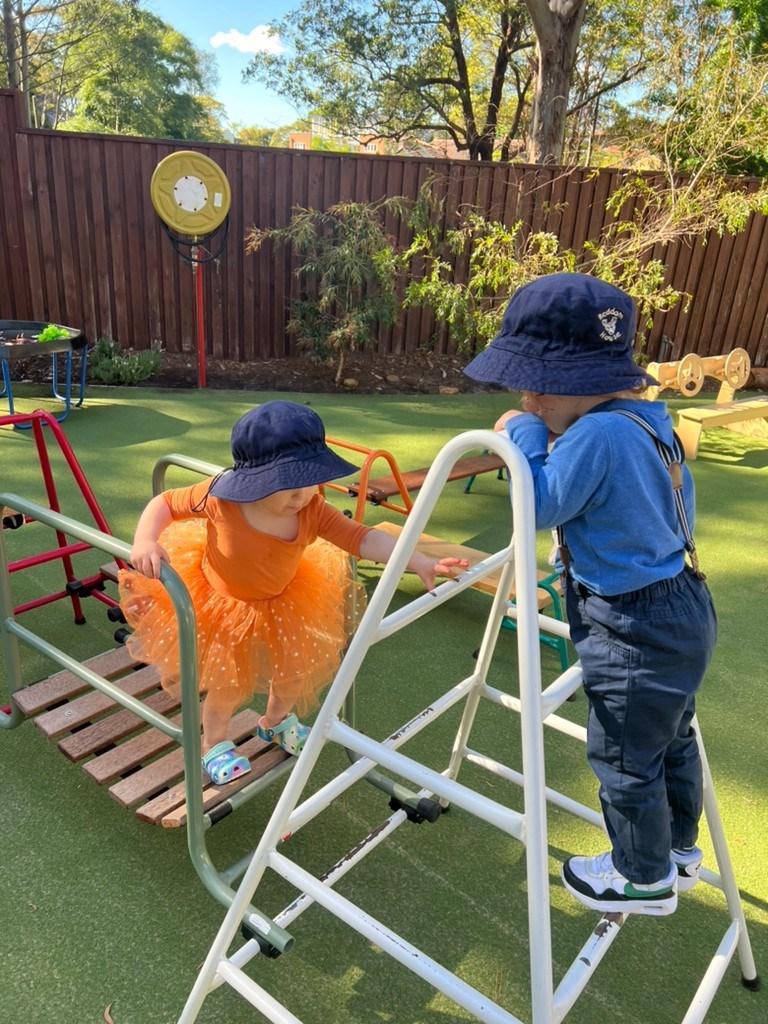
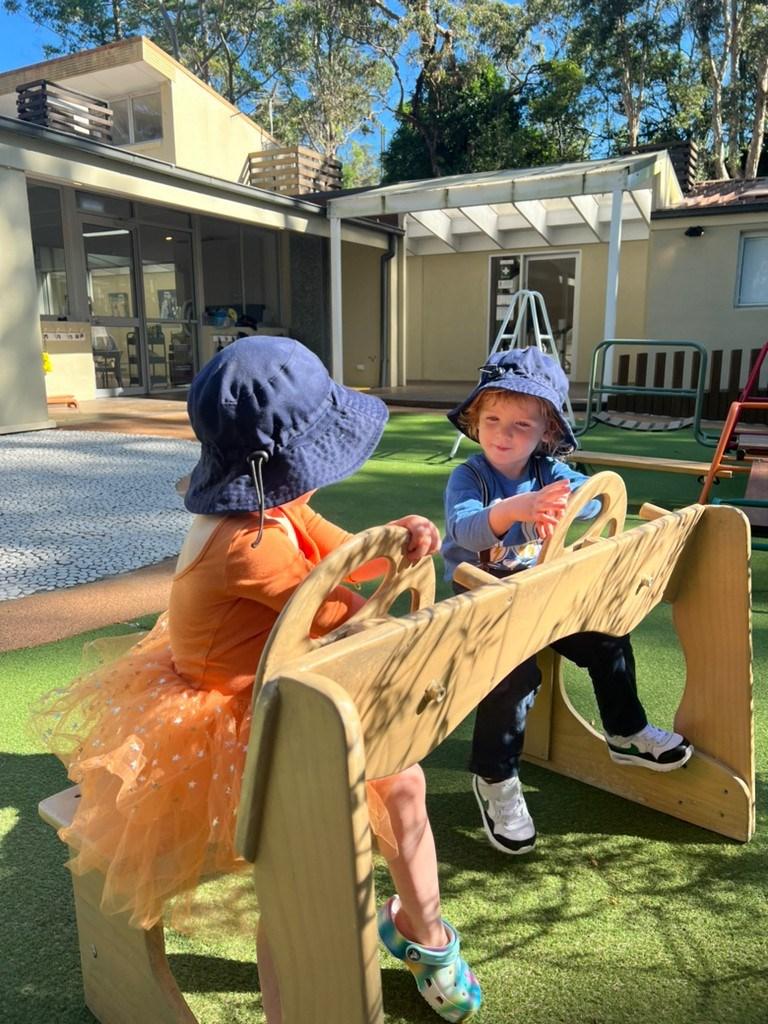
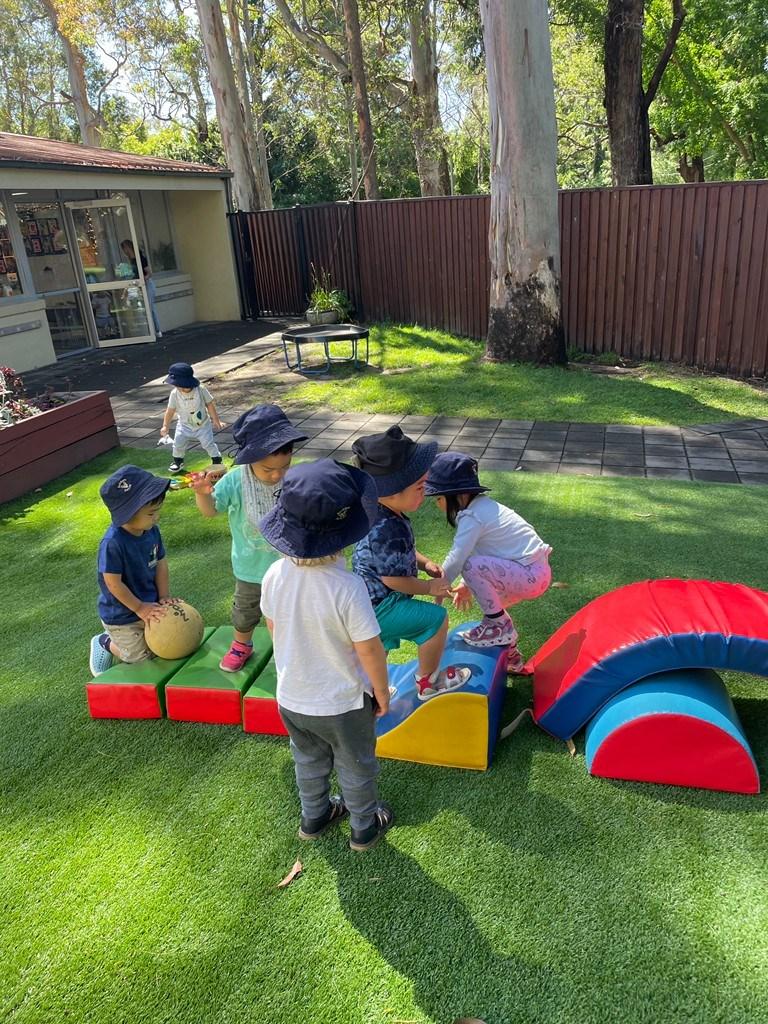
7 Stage 1E:
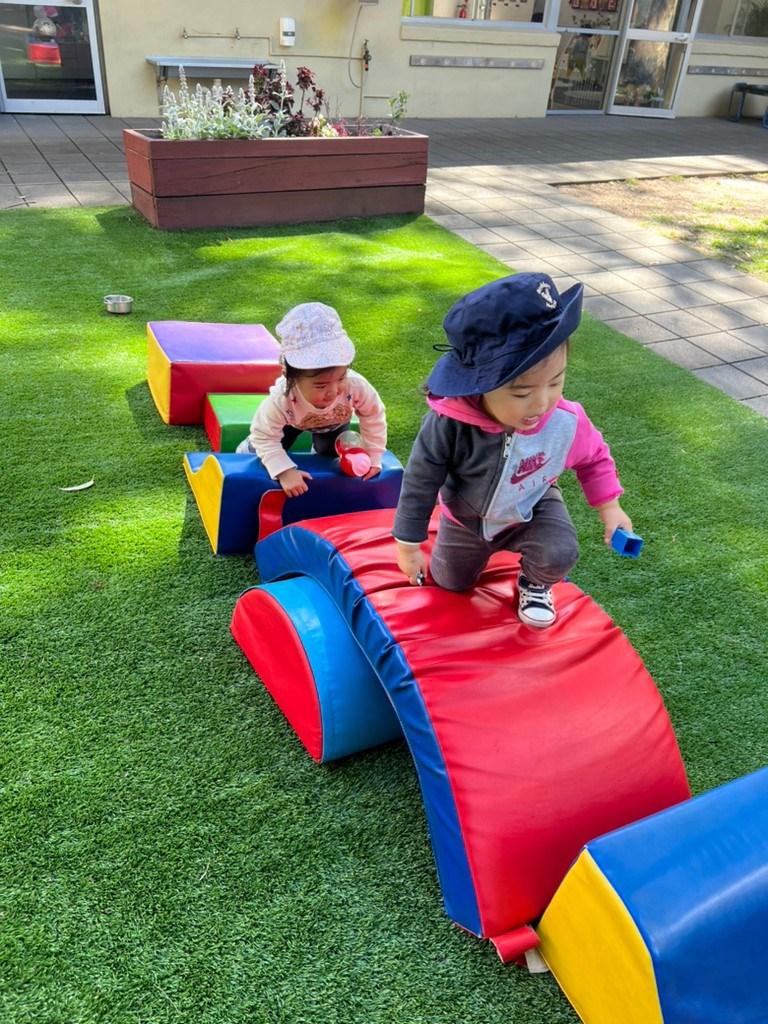
8 Stage 1E:
By Sara Haddadi
This week, we travelled to Africa. The knowledge, skills, and attitudes that have historically accumulated and permeate the child's immediate environment make up culture. This includes the cultural "practices" of members of the nuclear family and other kin.
The Sahara in Northern Africa is the largest hot desert in the world. The climate is extremely dry (arid) in this region. There is just so much to learn and discover about deserts, the climate, plant life, animal life, and much more. To explore the desert and arouse interest in the early years we set up our very own Small World Desert. This experience provided children an opportunity to play and learn imaginatively. It was also a sensory activity that encouraged creativity and oral language development. We encouraged their problem solving and language skills by asking them questions like "What might you find in the desert? How do people and animals cool off in the hot desert? How would you feel if you were living in the desert?"
In Africa, we can find some of the largest mammals on this planet. Among them are the largest land mammal, the African elephant, the tallest mammal, the giraffe, and the fastest mammal, the cheetah, which can run at speeds up to 113 km/ hour or 70 miles/ hour! Our 2R friends created their very own safari. We introduced the African animals to children using this experience.
For the artwork of the week, the children were invited to Cactus Handprint. They were curious to feel the paint on their hands. During the experience, the children felt the slippery texture and explored the paint colours. The children appeared fascinated to see the colours transfer onto the paper whilst creating their hand prints. Through the experience, the children developed a sense of belonging as they created their art together. They also developed their sense of touch and sight as they were feeling the paint and seeing the patterns made by their hands. This learning experience can be linked to Gardner's theories. He saw the arts and creativity as playing major roles in children's learning. Children were able to explore many cognitive concepts through their play and creative exploration.
We enjoyed reading the special book named 'Cactus Hotel'. This book offered us a realistic image of the desert habitat and all living things. We learned about the life cycle of the cactus and why animals love living inside this 'hotel'. Our 2R friends attentively listened to the story and found many unique animals.
Our cooking experience involved us making snowballs. The children worked together to pour the mixture, stir the mixture and create circle shapes with their hands to make their own coconut snowball. The children were able to strengthen their senses by seeing all the ingredients, touching the coconut, listening to the stir of the mixing, smelling it after being mixed, and tasting the coconut ball after being put in the fridge. In the afternoon, we gathered in the. Well done!
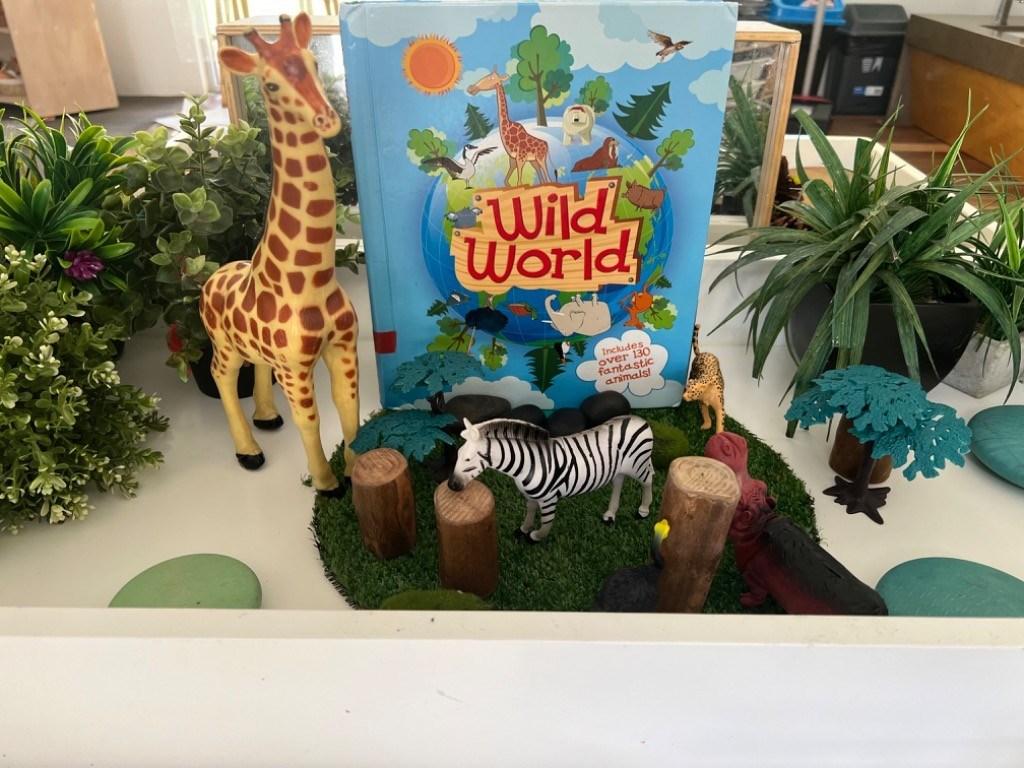
Stage 2R
9
“Each day of our lives we make deposits in the memory banks of our children.” Charles R. Swindoll,
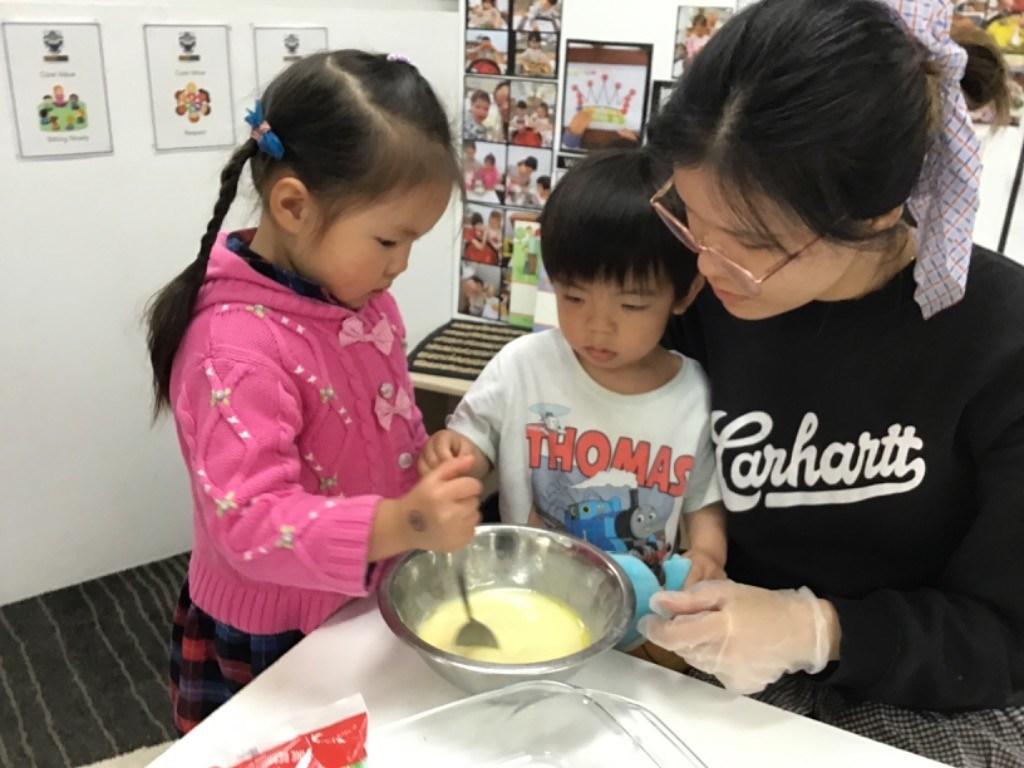
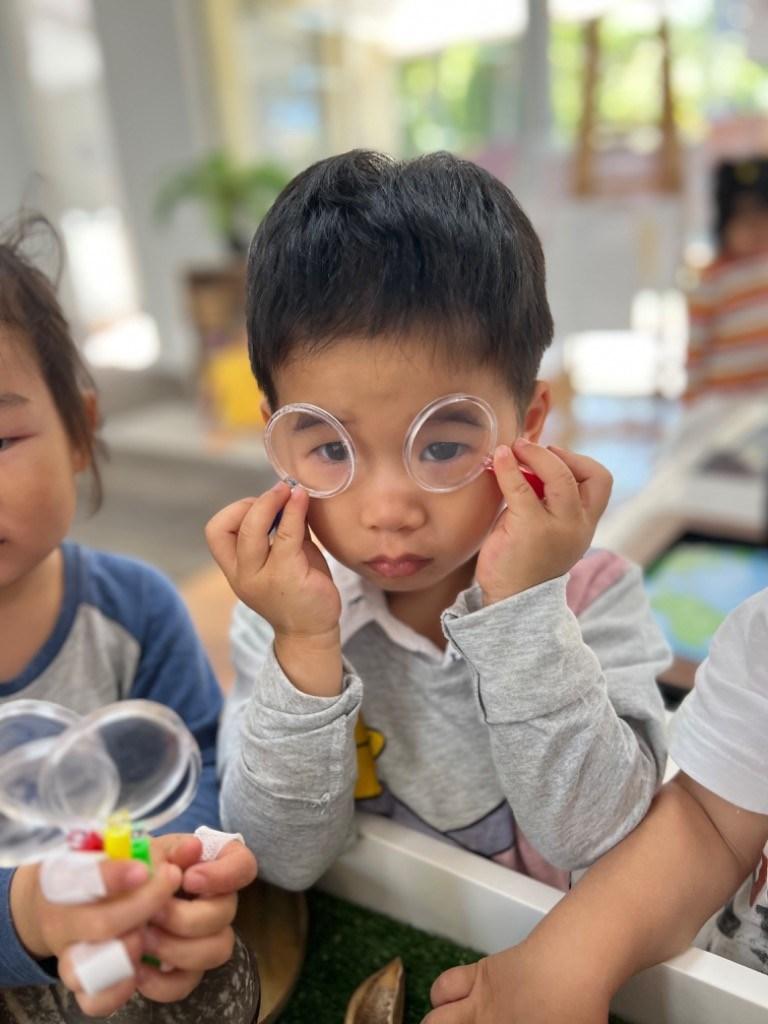
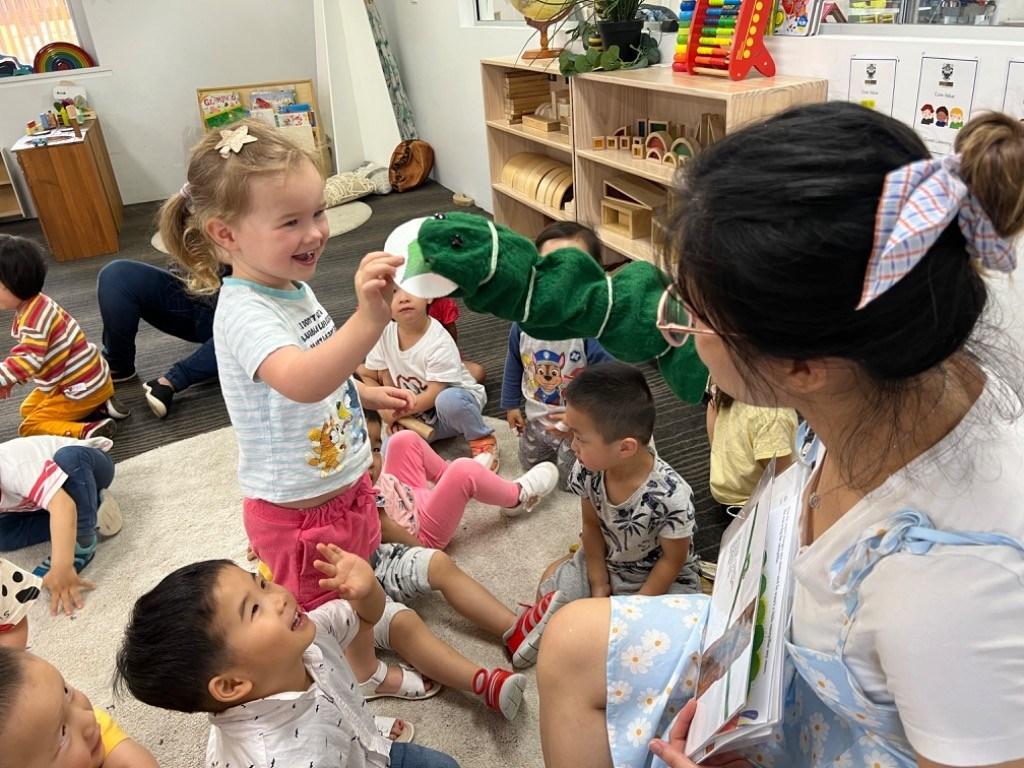
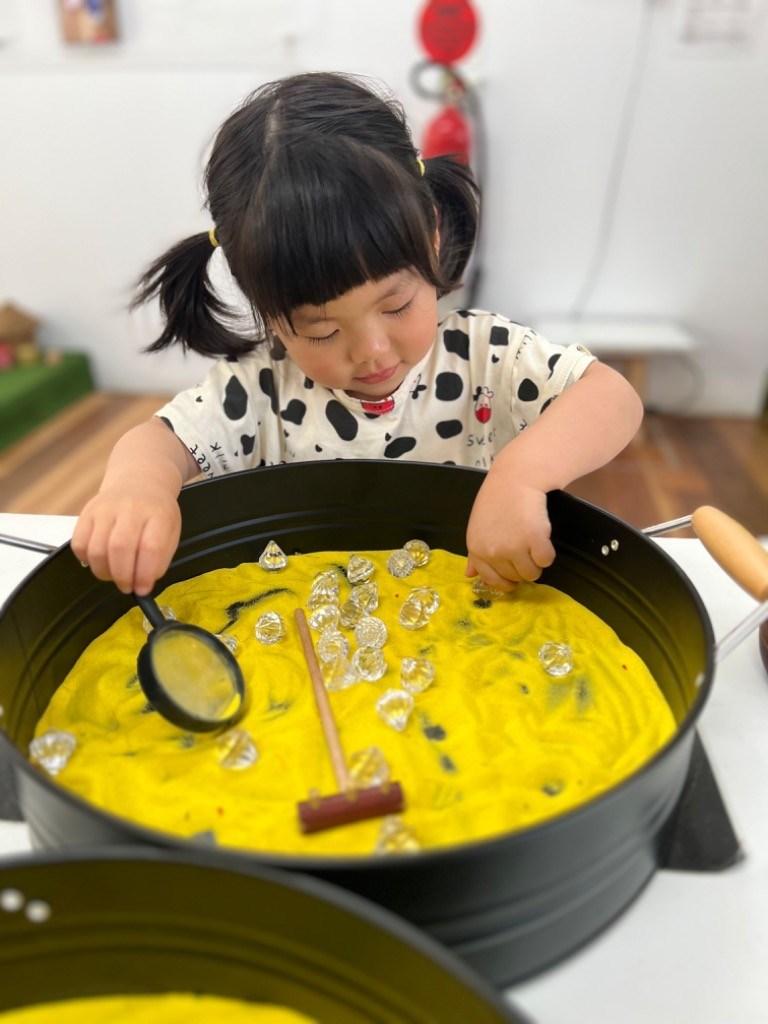
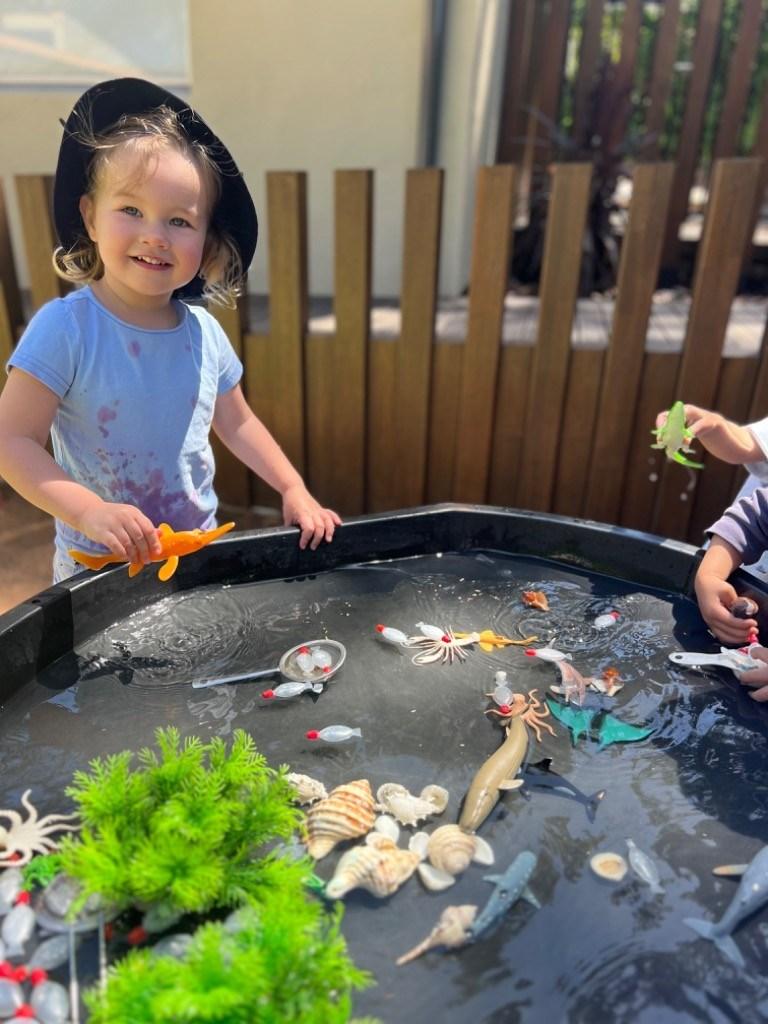
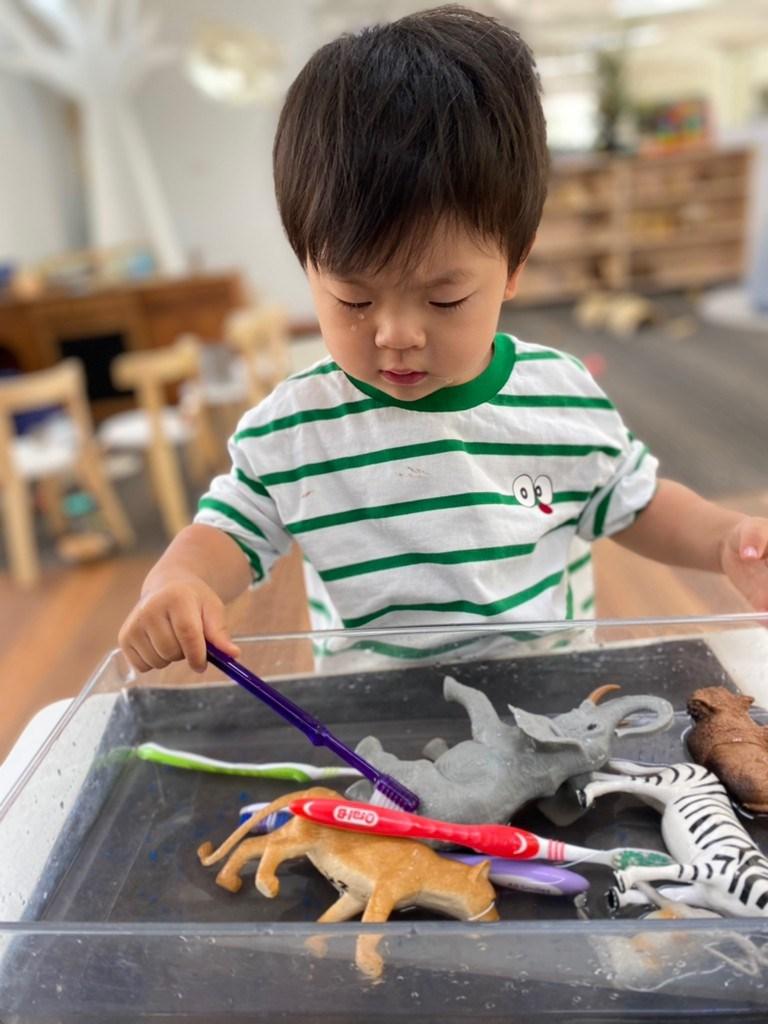
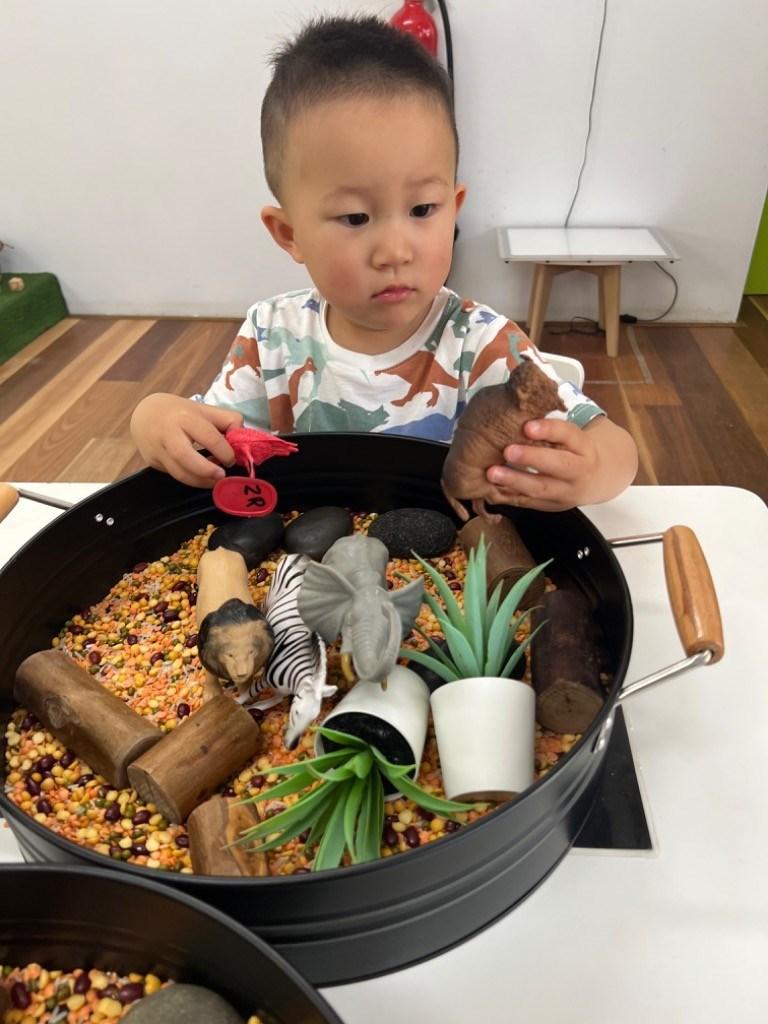


10 Stage 2R:
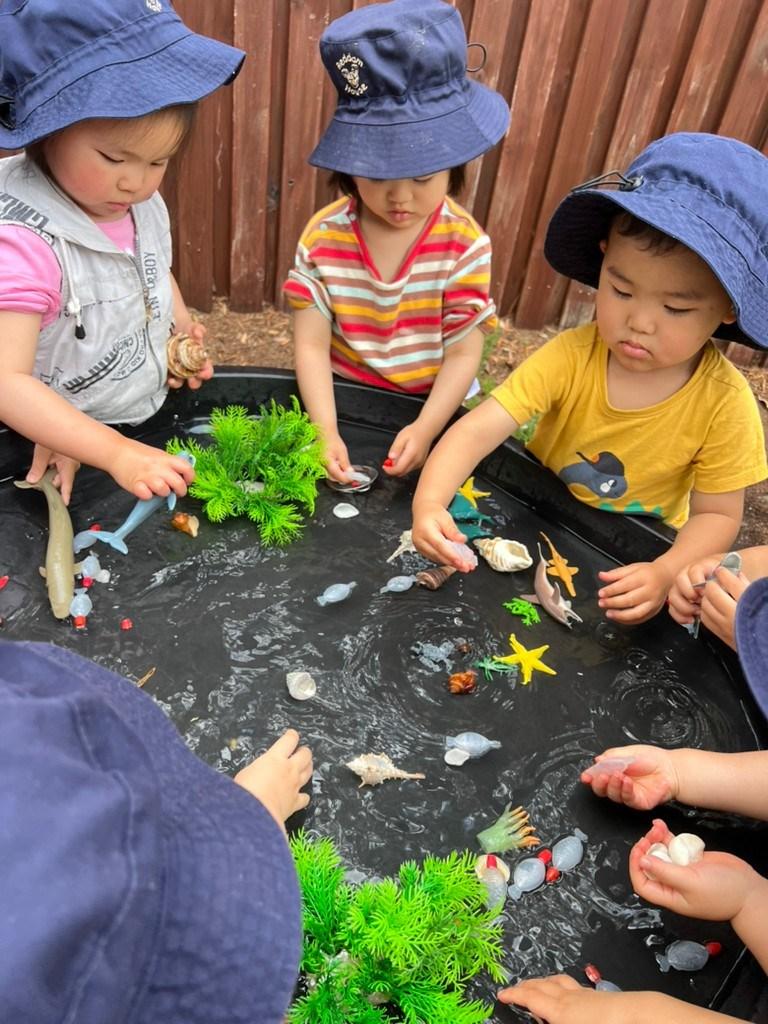
11 Stage 2R:
By Mia Doan
“Each child is supported to regulate their behaviours, respond appropriately to the behaviour of others, and communicate effectively to resolve conflicts.” (Australian Children’s Education and Care Quality Authority)
Children need cooperative opportunities such as group time discussions to identify a range of their own feelings and others’ feelings, recognise the consequences of their actions with others, react to others and think of altruistic alternatives to resolve distressing situations. When cooperative groups function well, children learn socially responsible behaviours, receive feedback of their actions, respect one another, and they learn to think for others.
This week’s focus was ‘It’s Okay to be UPSET’ in which we explored what it means to be upset and what calming strategies can be applied to handle strong feelings. Learning about feelings and how to cope with negative feelings is a lifelong learning process. Also, people have different perceptions of their feelings and emotions. Instead of assigning the right answers/strategies to cope with anger, we asked questions to elaborate on their feelings and extend their understanding of strong feelings through a range of stories and interactions.
We read an Australian favourite story called The Very Cranky Bear by Nick Bland. This was a humorous, rhyming story with an important message of listening carefully to your friends' needs and thinking of problems from their point of view. The book approached negative emotions in an age appropriate way, providing opportunities for children to discuss what makes them feel cranky. We also read 'When I'm feeling Angry' by Tracey Morony, which further informed children of what anger might feel like, and how to help ourselves feel better when we're angry. What makes 2E children upset?
Lucas W: “When someone hits friends”
Josh: “Don’t throw the toys outside, it might rain and they will get wet. I get upset when my friends throw toys outside”
Jasper: “Someone hurt friends”
Noah: “When Mello wees in the wrong place, on Daddy's glasses"
Alyssa: “When mummy and daddy go away”
Winston: “When trains aren’t working”
Hamish: “When Didi plays with my cars”
Victoria: “When I fall over”
Ethan: “I don’t feel angry!”
To enhance our friends’ numeracy skills, the ladybug dot counting activity helped them assign the right quantity of dots to a number symbol. The children mastered their 1:1 correspondence and number recognition with minimal assistance. We also practiced additional language and number recognition when Miss Mia asked "How many more to make five?"
Have a restful weekend, Mia, Xanthe, Shandie, Chloe and Alisha
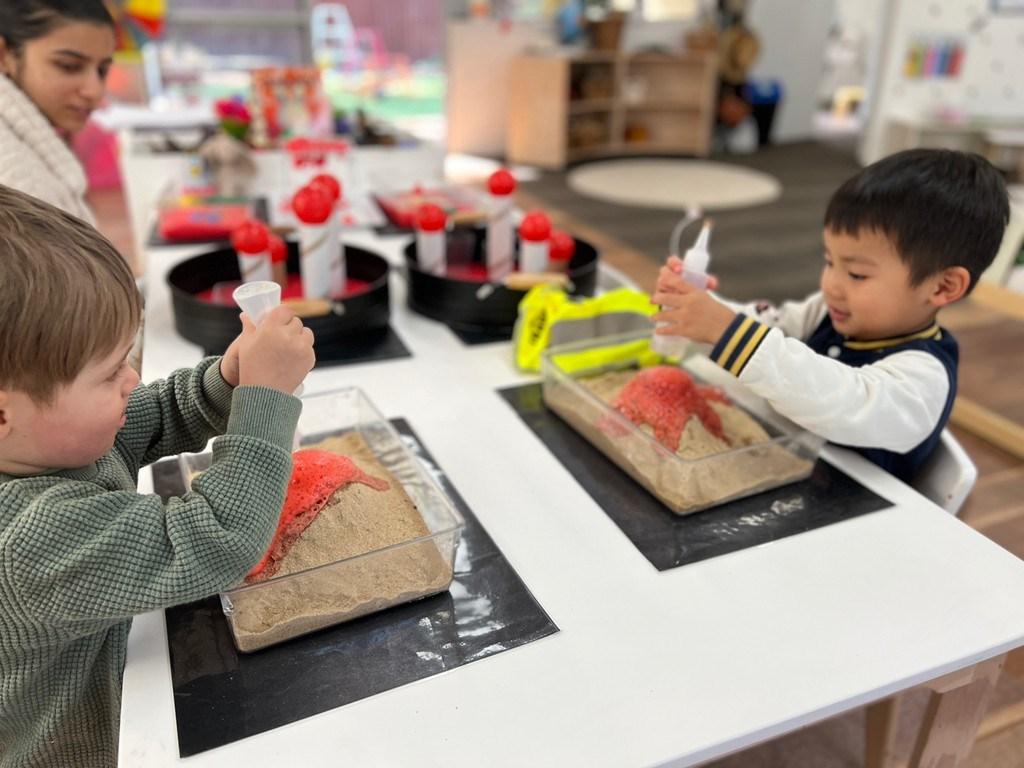
Stage 2E
12
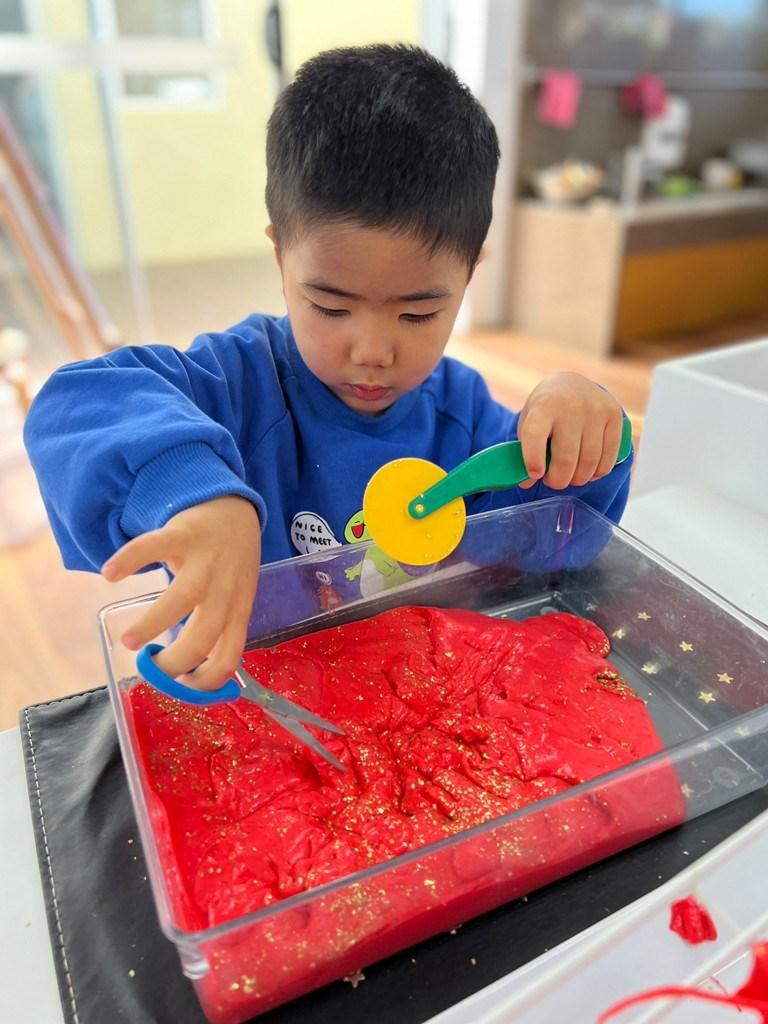
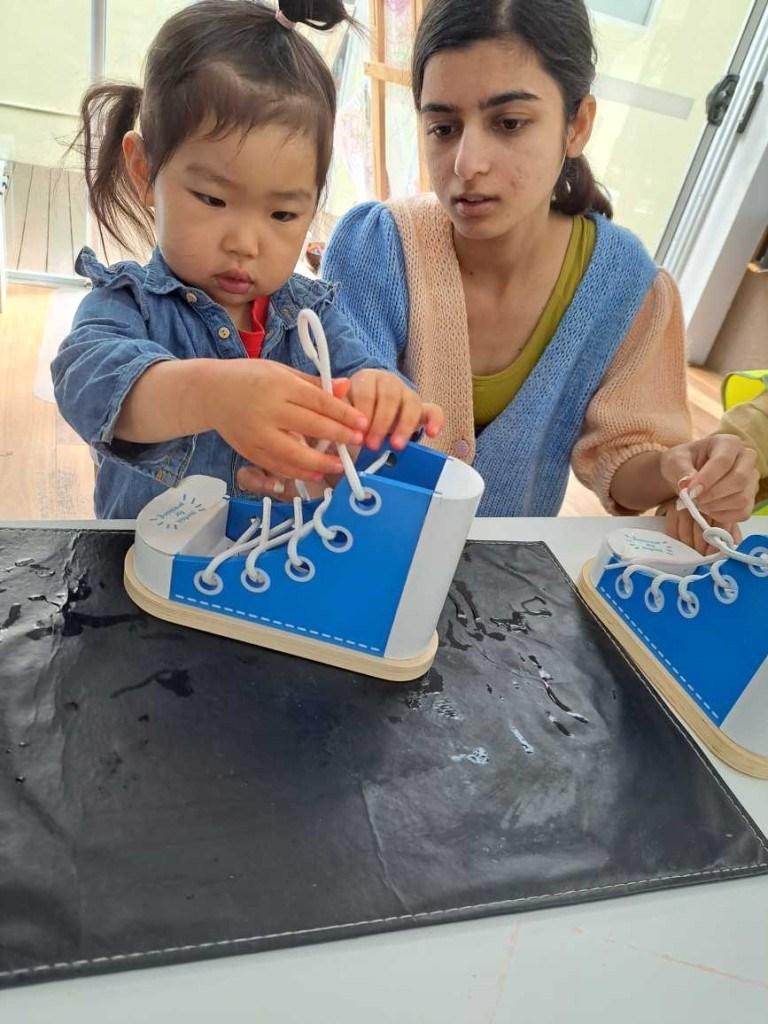
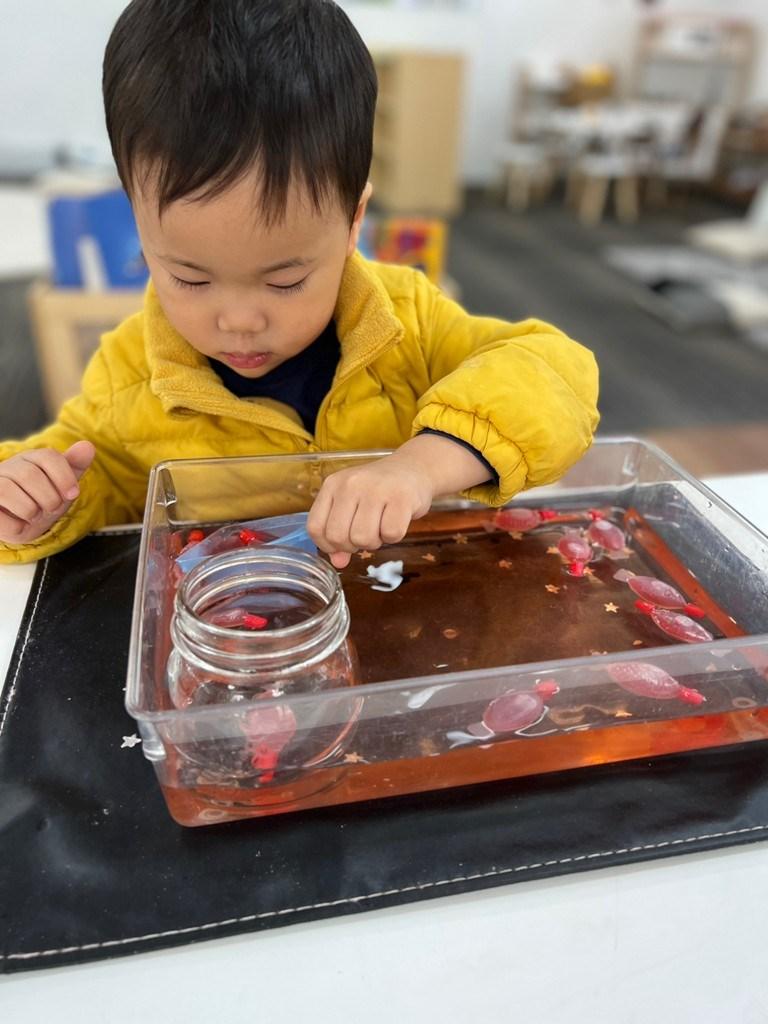
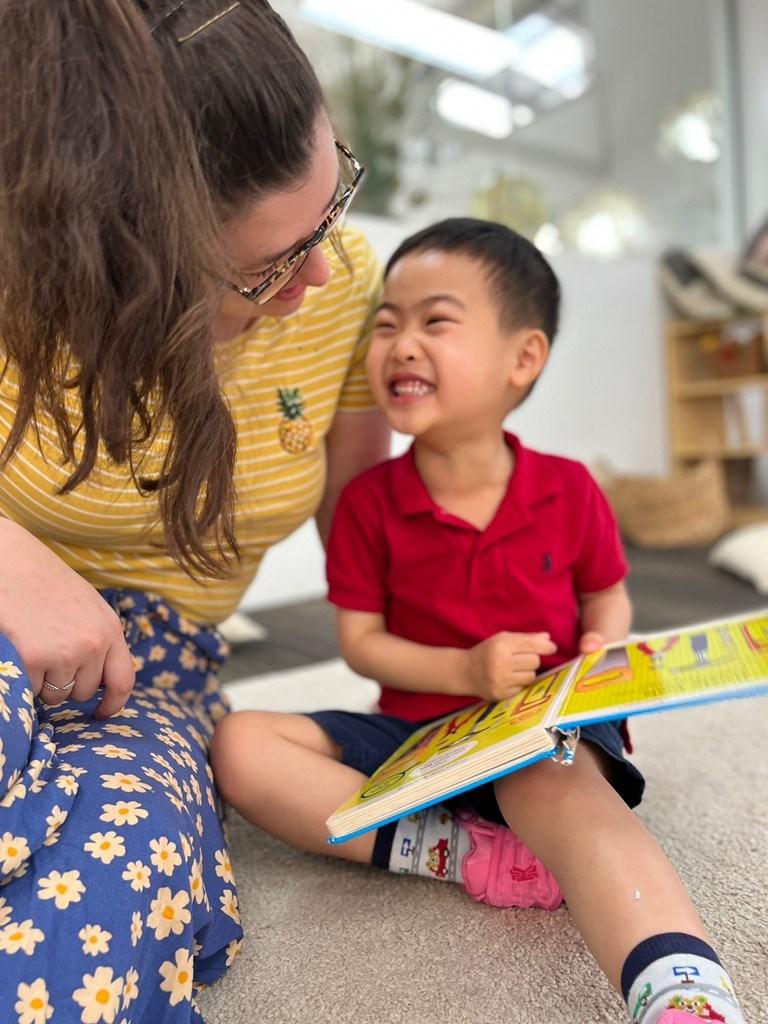
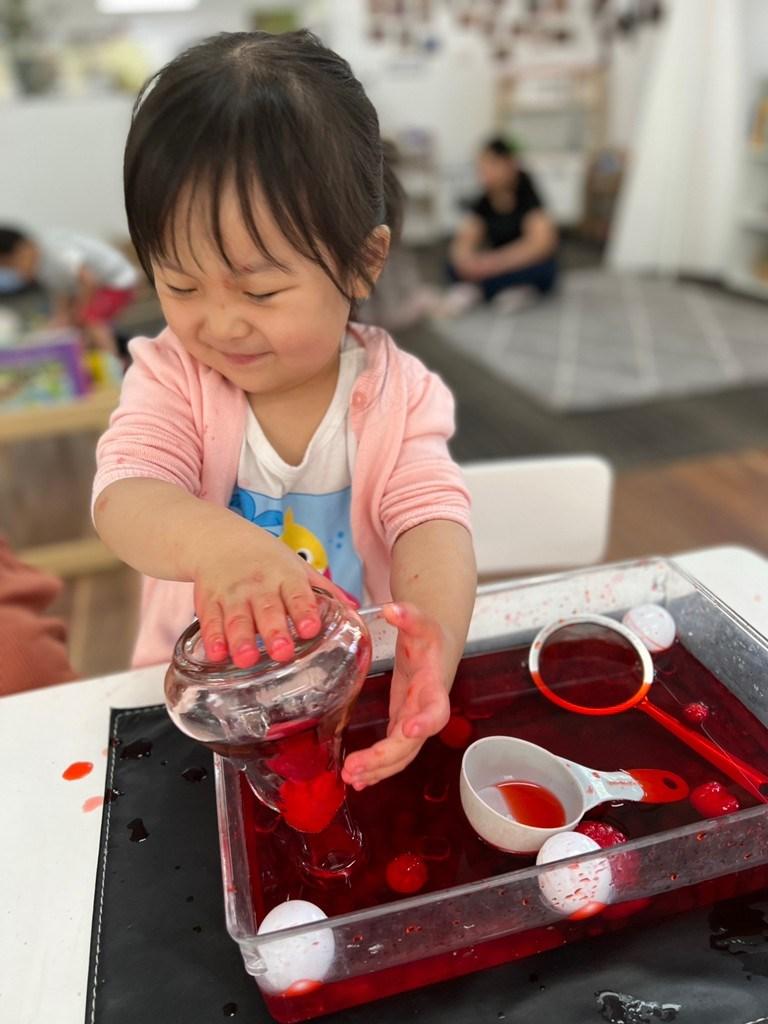
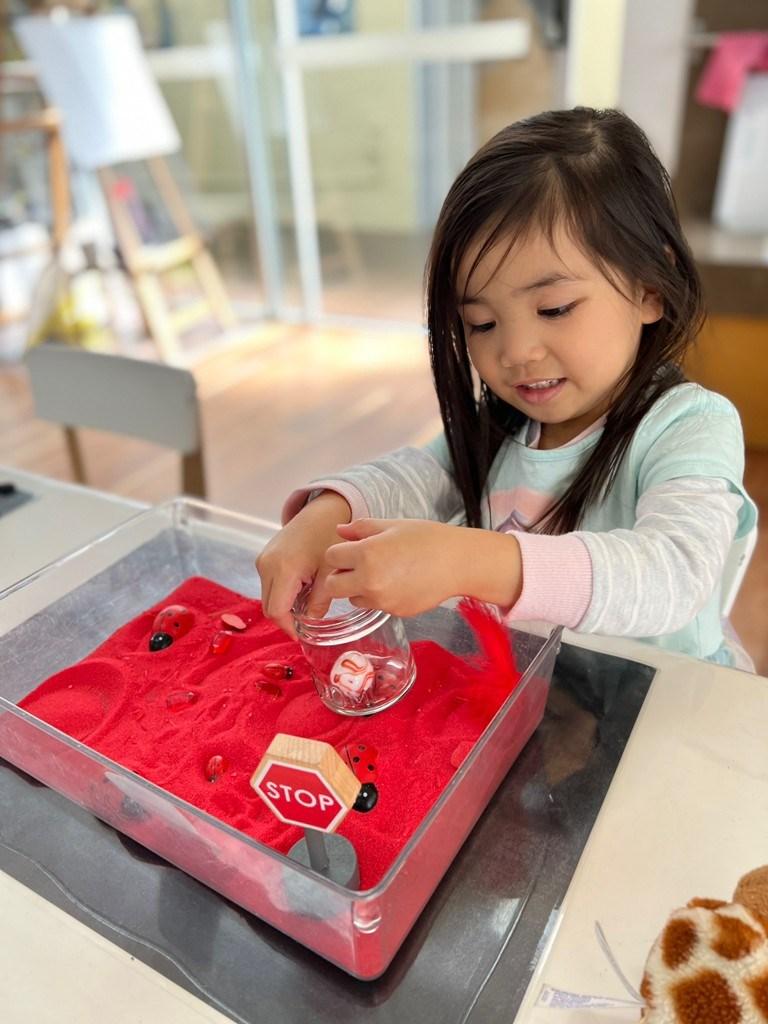
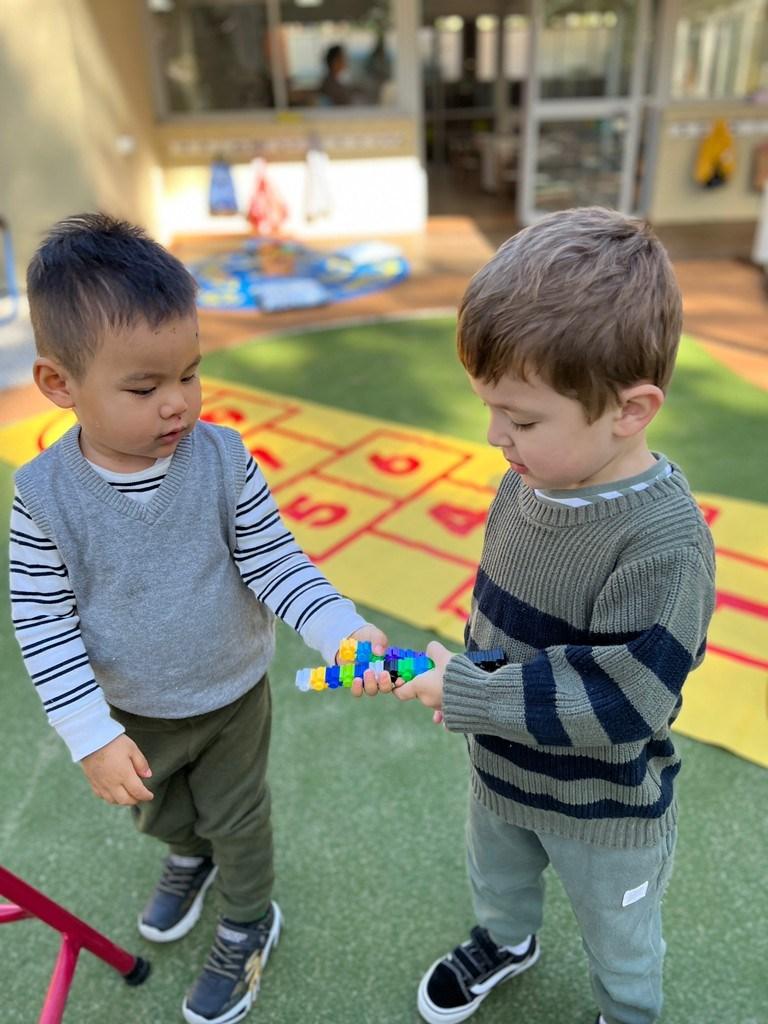
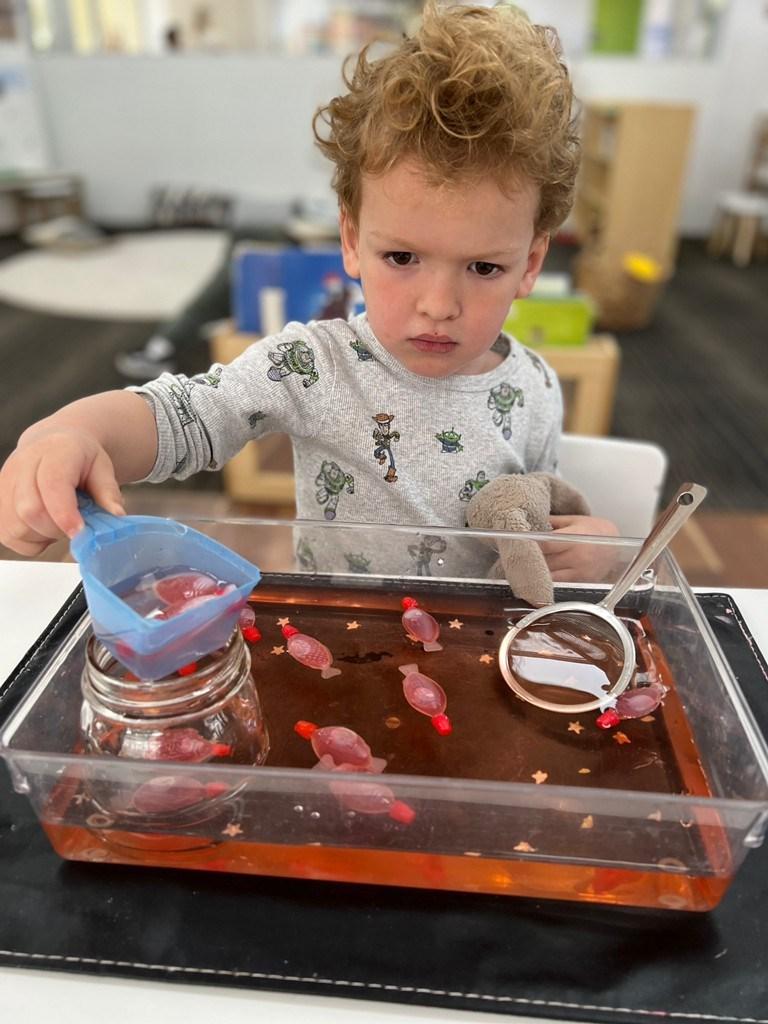
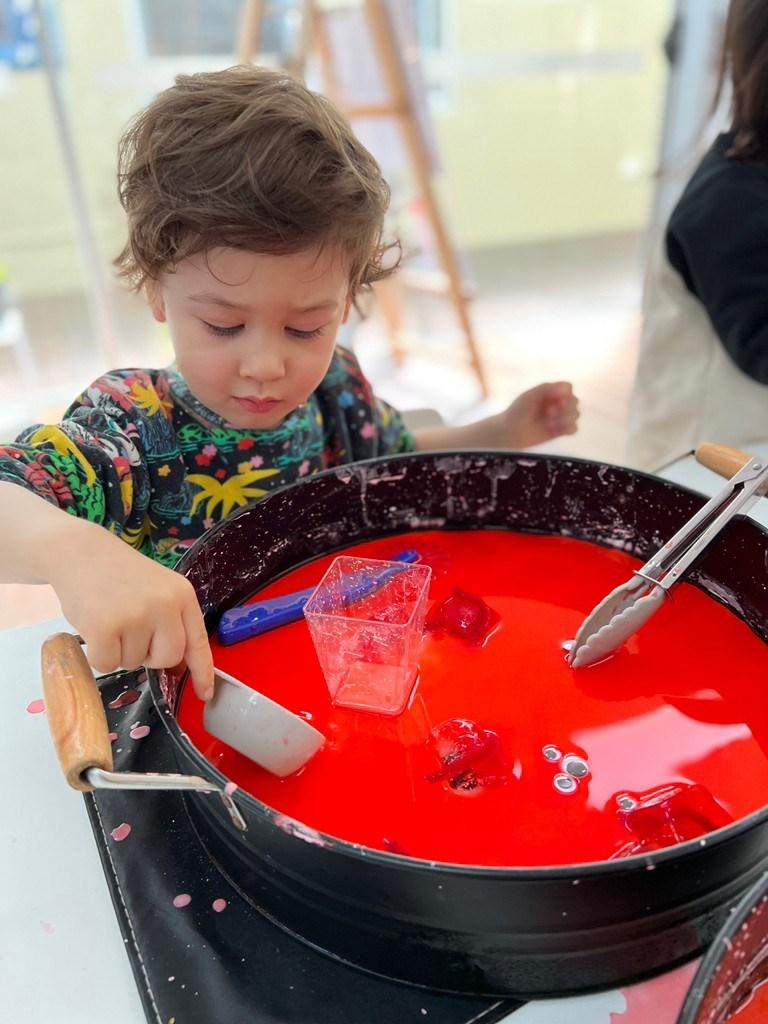
13 Stage 2E:
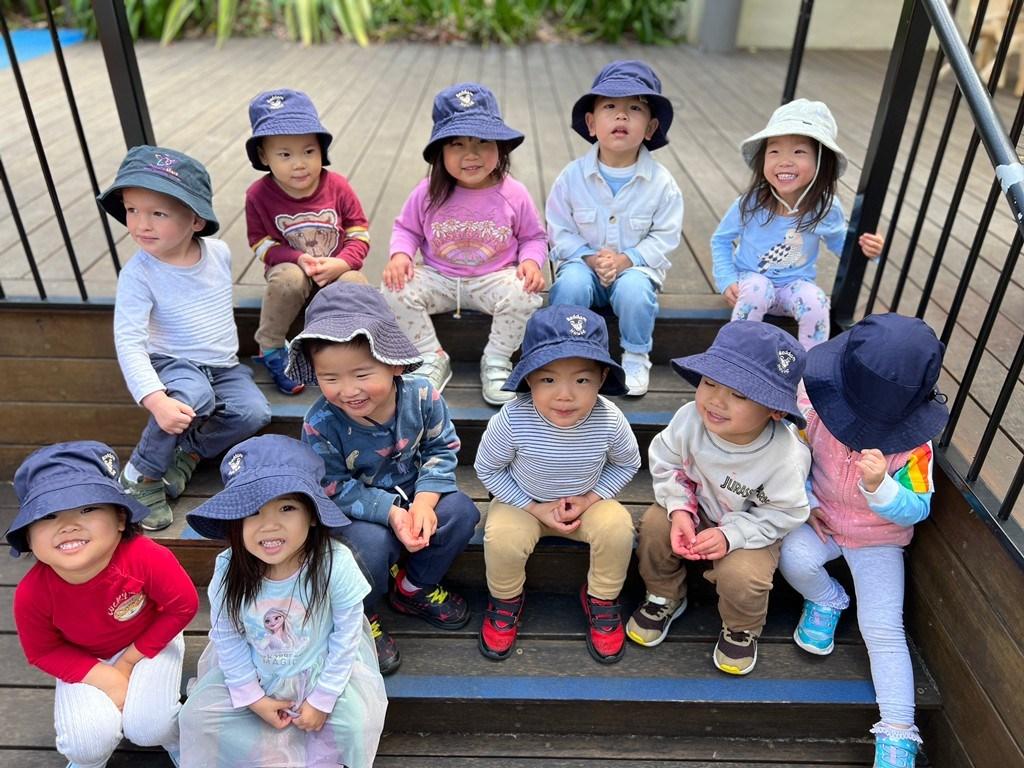
14 Stage 2E:
By Grace Nolan
This week we began our next chapter of ‘Animalia’ as the children compared modern and prehistoric animals, enquired about mammals across various habitats and explored the characteristics of mammals . Our small worlds transformed to include jungle animals in the thicket of trees and bush. Our sensory trays used beans, salt rocks and wooden rounds to create a barren environment for our mammals that are acclimated to the heat. Another tray included white cotton and blue stones to represent our colder mammals such as polar bears and seals. Ice was available for the children to also explore with animals as well as enjoy some water play.
In our morning meetings children were quick to mention that each of the animals presented to the children could be found in the zoo. Through discussion and play, we examined different mammal’s natural habitats.
We also were able to investigate the key characteristics of mammals that they have live babies, they produce milk, are warm blooded and are vertebrates. We also discussed that mammals don’t all have the same diet. The children demonstrated that they are able to transfer knowledge from one context to another as they made parallels about the length of giraffes necks and diplodocus necks as well, from there, they inferred that giraffes must be a herbivore as they eat leaves from the trees!
Our student teacher Sam also invited the children to reflect on last week’s learning in a fossil expedition in which they dug up salt dough fossils and referred back to our Dinosaur encyclopaedias to piece dinosaurs back together!
Next week we will delve into the world of birds and insects, keeping in tune with exploring the habitats and characteristics of different animal groups, Grace, Carina, Callum and Sam

Stage 3R
15
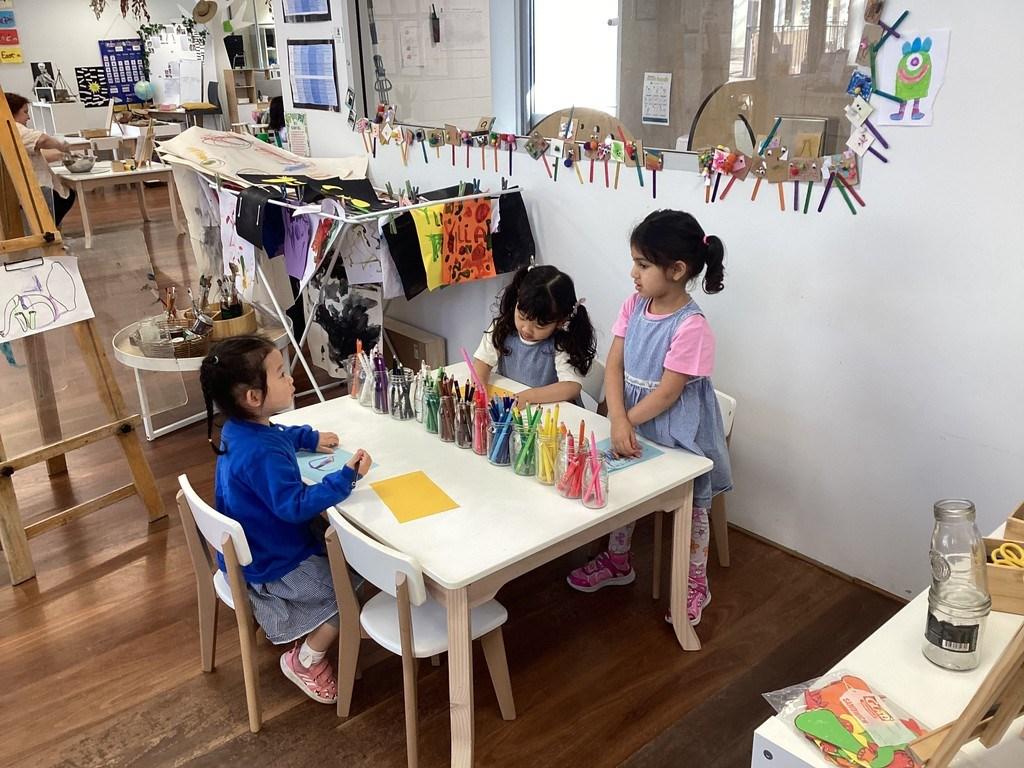

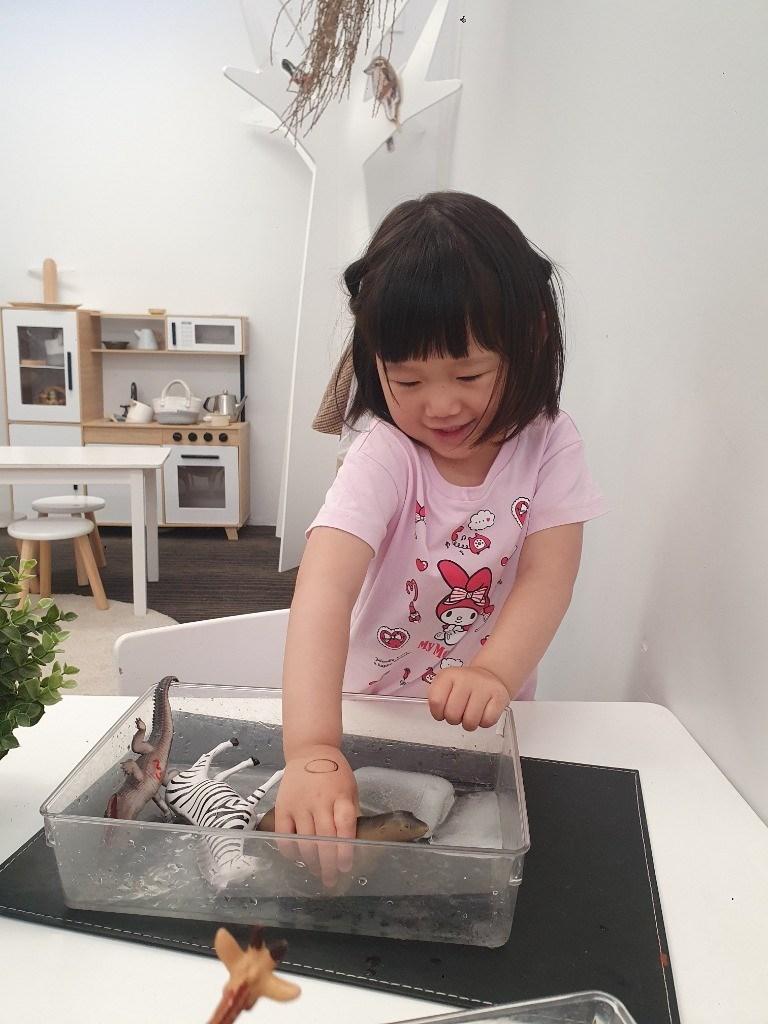

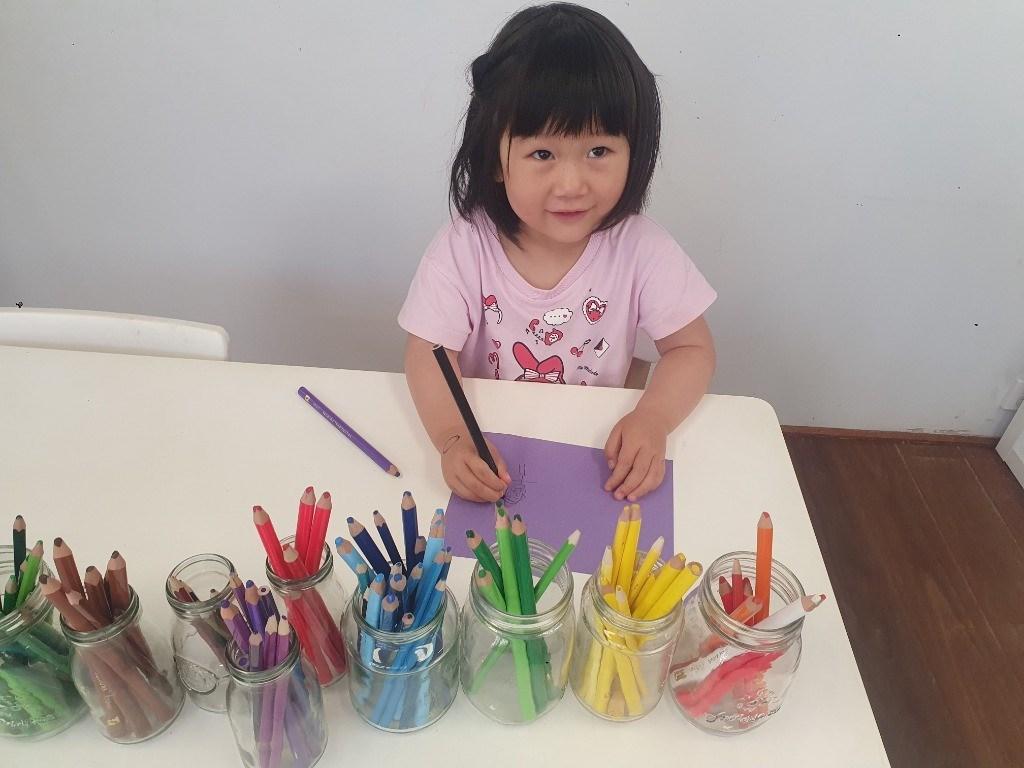

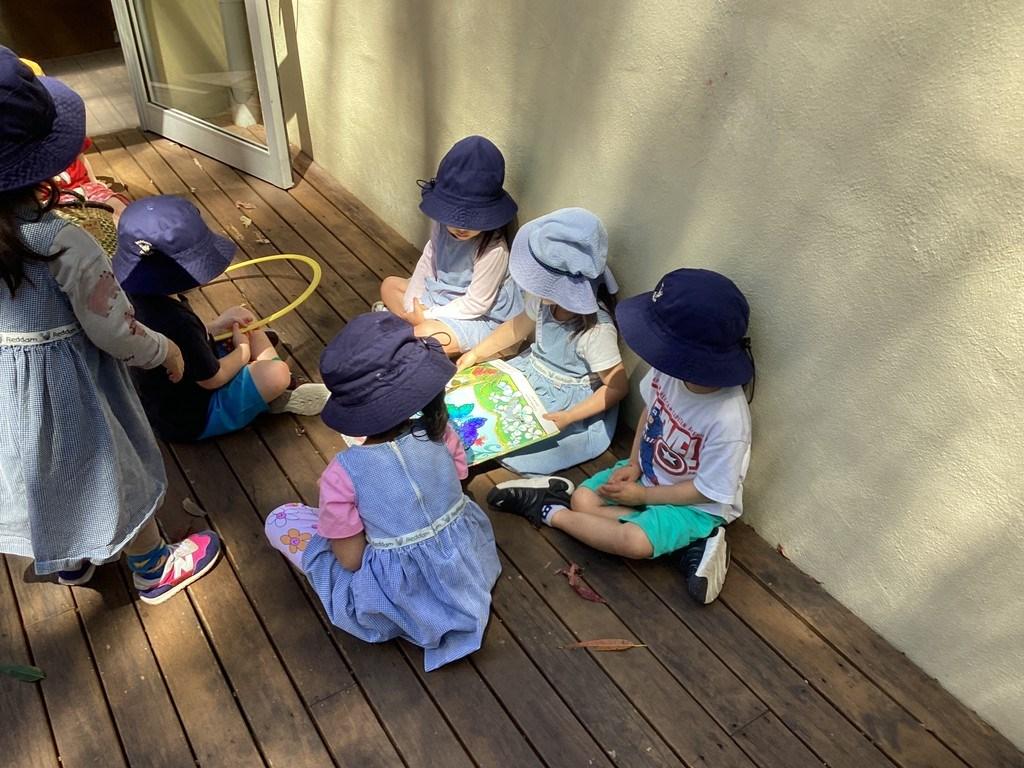
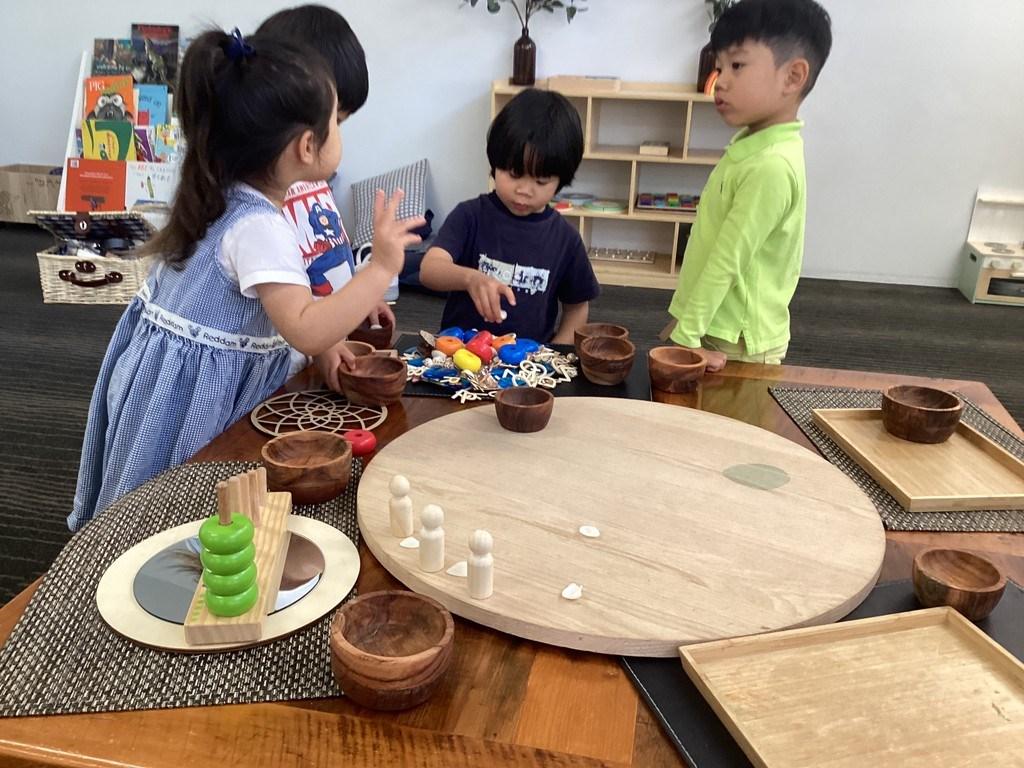

16 Stage 3R:
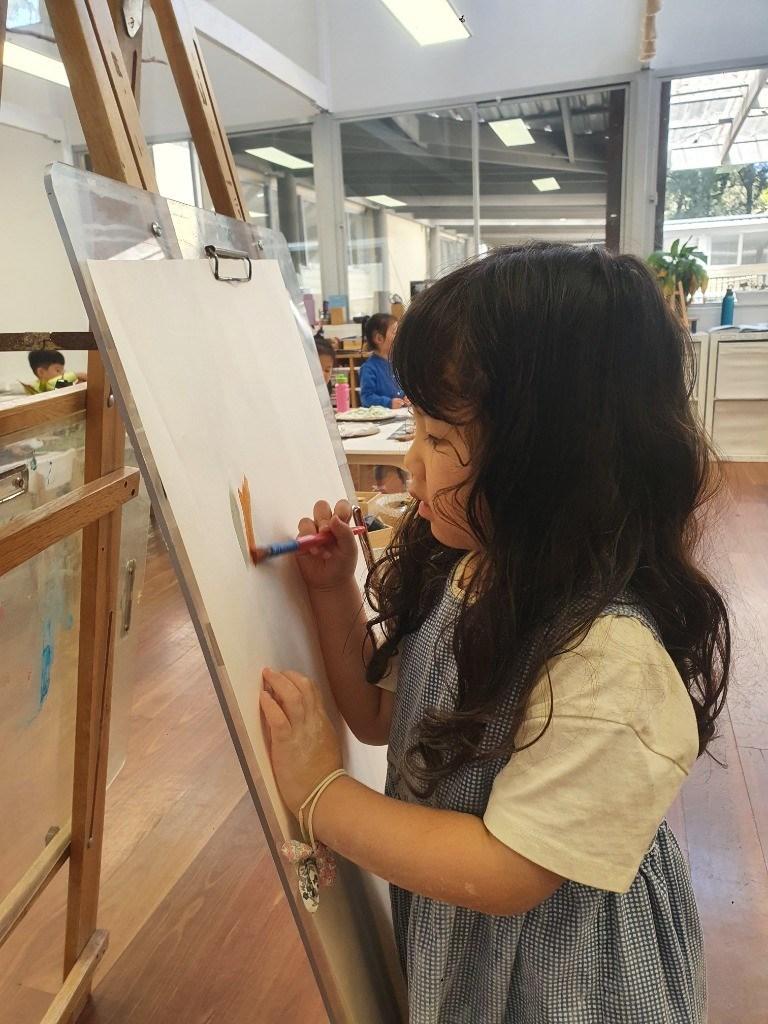
17
By Natalie Horstman
During Week 6, the children continued to engage with literacy through art where they were able to explore famous artists and their artworks. The children could brainstorm information and ideas about Vincent Van Gogh, by drawing on factual information about his life and how he created his artworks. Specifically, looking at his sunflower and other flower artworks the children were able to identify how he used “bright colours” and other elements to bring his work to life. The children were invited into many creative art experiences where they could use their imagination and creativity to draw their own visual representation of Vincent’s sunflowers, as well as share their artwork with each other. This allowed the children to make meaning, contribute to meaningful discussions with each other as well as experiment with using different materials. Throughout the week the children continued to investigate and explore with different letters where they could find certain letters on the wall and identify words starting or ending with that letter, using different tools to ‘dig’ away at the frozen water which had hidden letters inside! This allowed the children to engage in play based learning, and begin to make connections between letters and sounds, as they were encouraged to sound out the letters they were finding. The children were able to draw inspiration from Pablo Picasso and proceed to create their own abstract artworks using crayons and other materials that suit their own interests and needs. Great work!
Warm regards, Laura, Nat and Kai

Stage 3E
18
“The future belongs to young people with an education and the imagination to create” Barack Obama
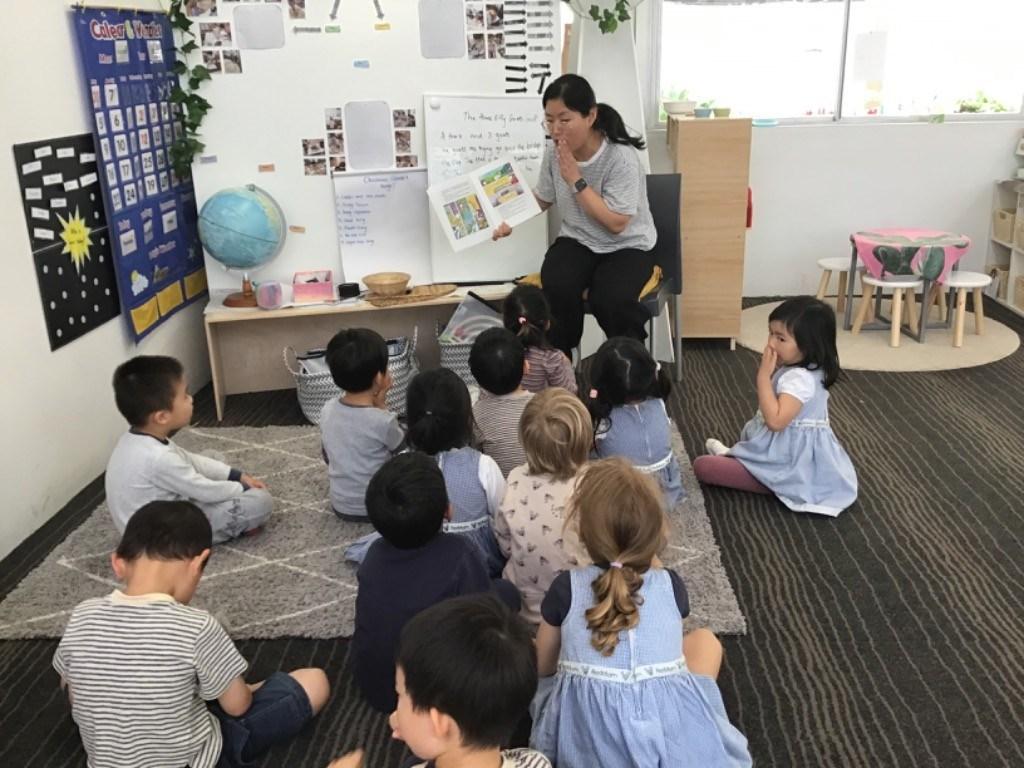

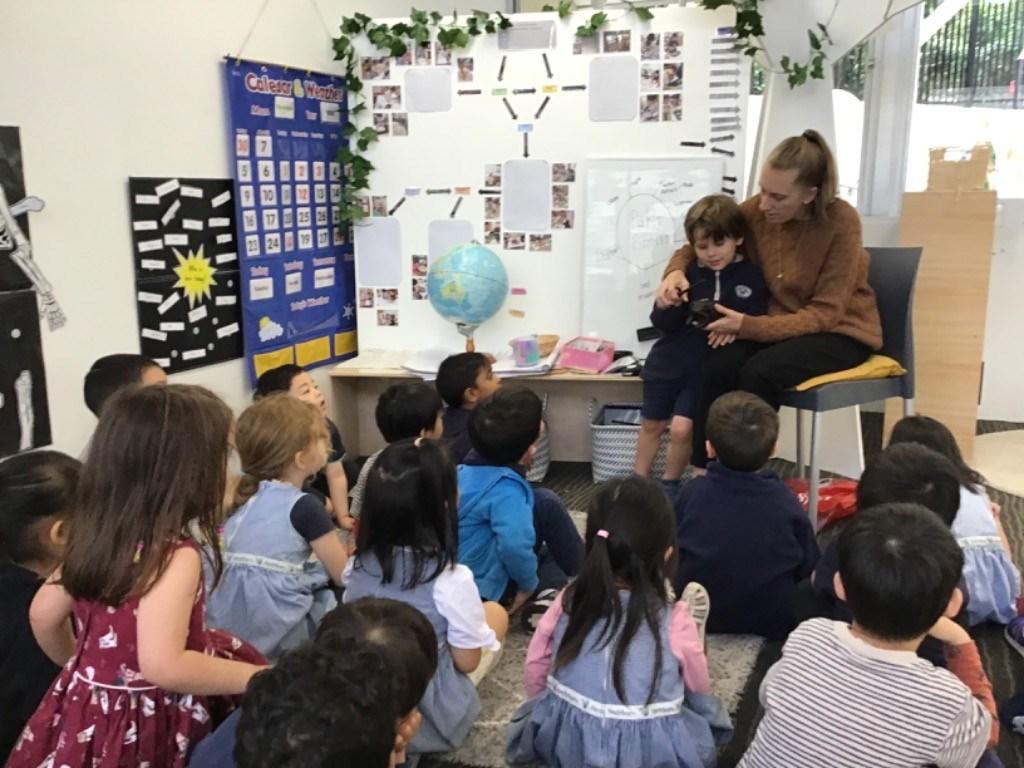
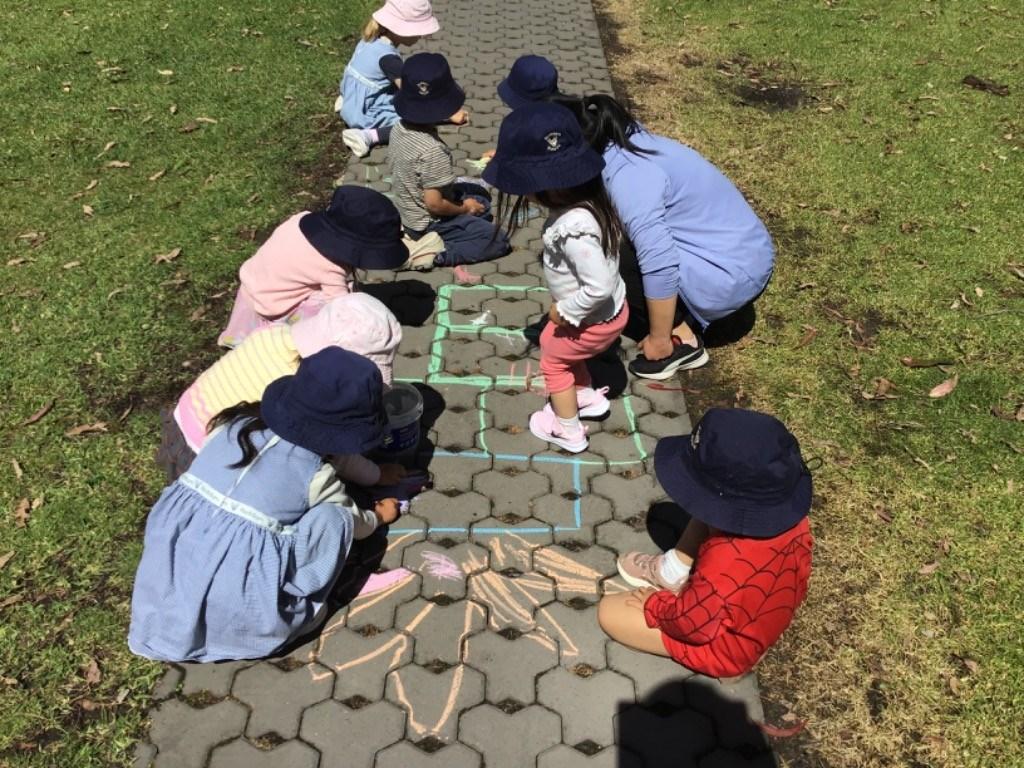
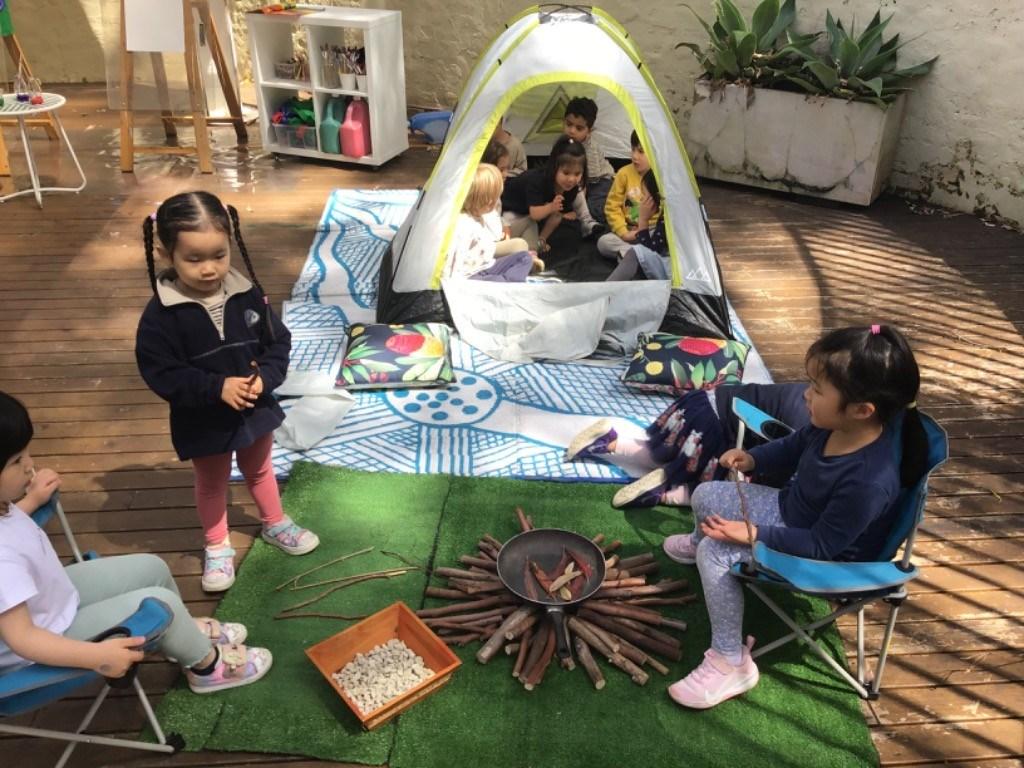

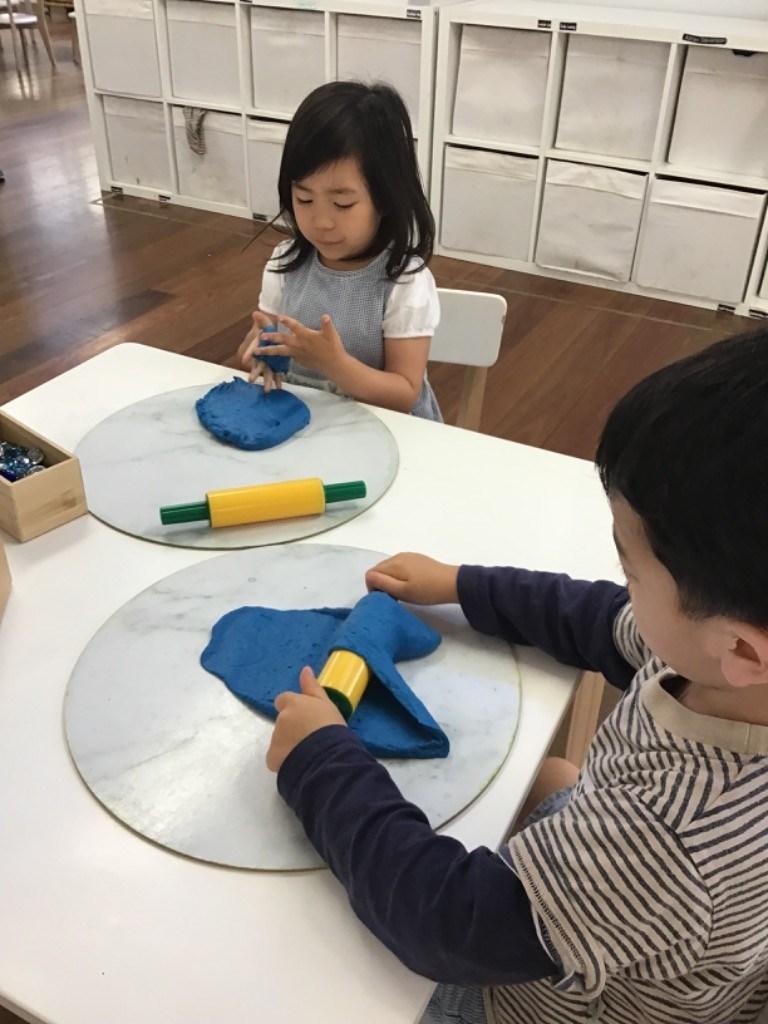
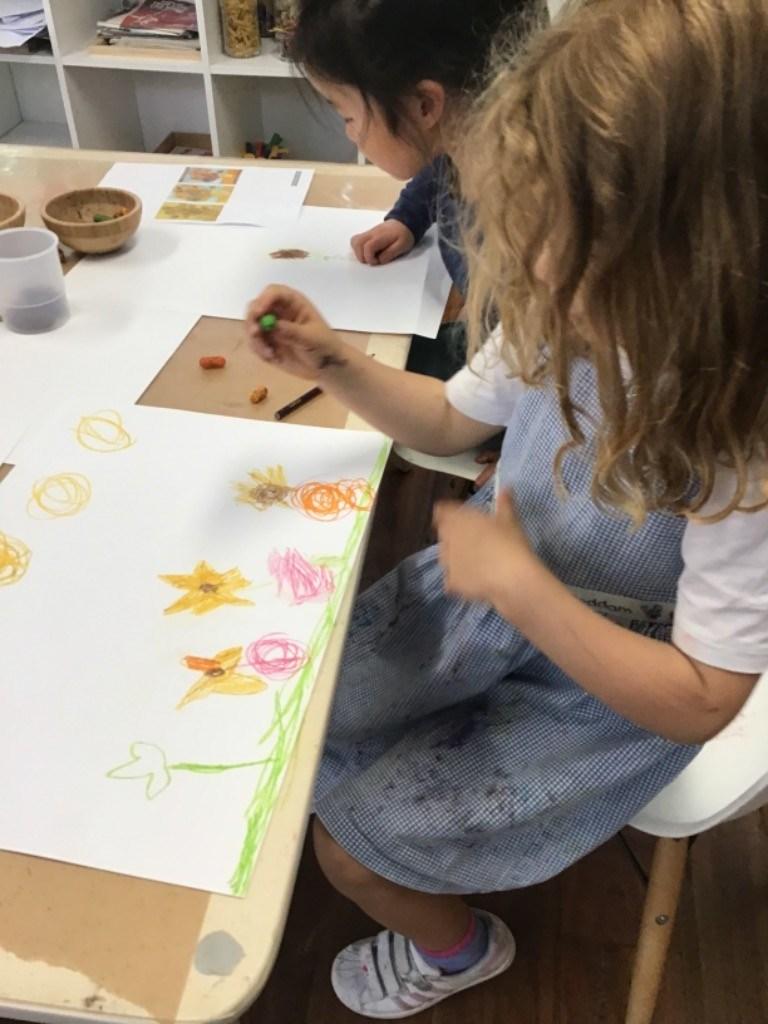
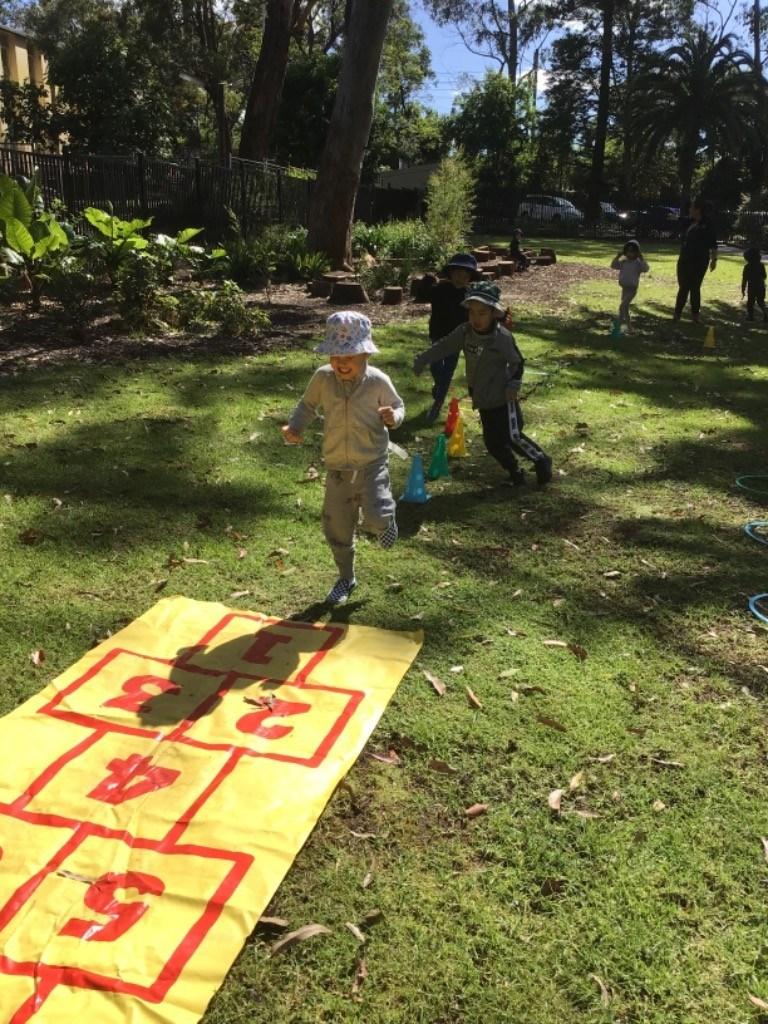
19 Stage 3E:
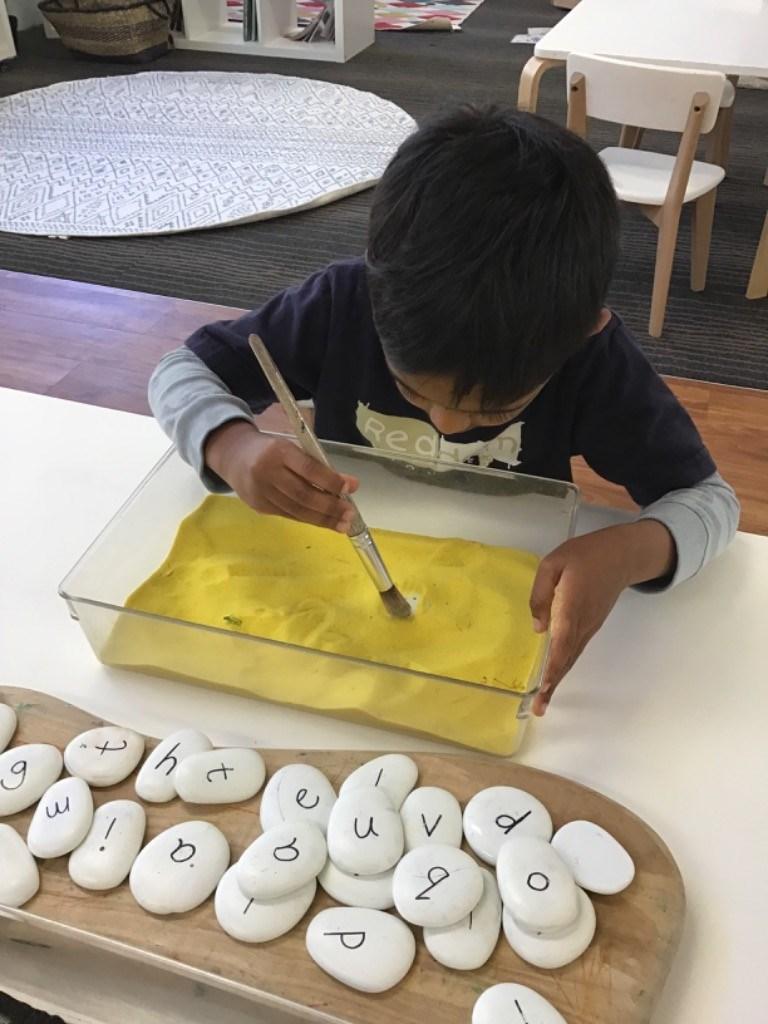
20 Stage 3E:
This week we are learning about 'Letters & Sounds'. The classroom has been set up with a variety of experiences that encourage the children to explore the letters of the alphabet and the sounds these letters make. At our sensory table there is playdough and wooden letters, rice trays with paintbrushes for writing letters and a sound matching sensory tray in which the children match the objects to the starting sounds. Throughout the week we will play Alphabet Bingo and use the Alphabet Matching Tiles to practise letter recognition and identify the sounds each letter makes.
During our group times this week we will be playing 'What is the first sound in ___?'. The children will be given a word and asked to identify the first sound in that word. Today we worked as a group to identify the /k/ sound in caterpillar, the /h/ sound in hat and the / m/ sound in mat amongst others. This game develops the children's phonemic awareness as the children isolate the sound at the start of the word. Throughout the week we used this foundational knowledge of phonemic awareness to link speech sounds to letters (phonics) and blend sounds together to read 2 3 letter words (decoding). We rearranged letters to make a variety of different words, then we practised sounding out each letter to decode the words. Throughout the week we read lots of different books and as we did so we counted the sounds in some words, determined if words have the same beginning sound or not, and decoded some 2 3 letter words.
At our art table the children used scissors and glue to create letter collages. They found letters in images and magazines and stuck them together to create a variety of words. The children sounded out each letter as they cut them out, and used this skill to sound out any words they created.
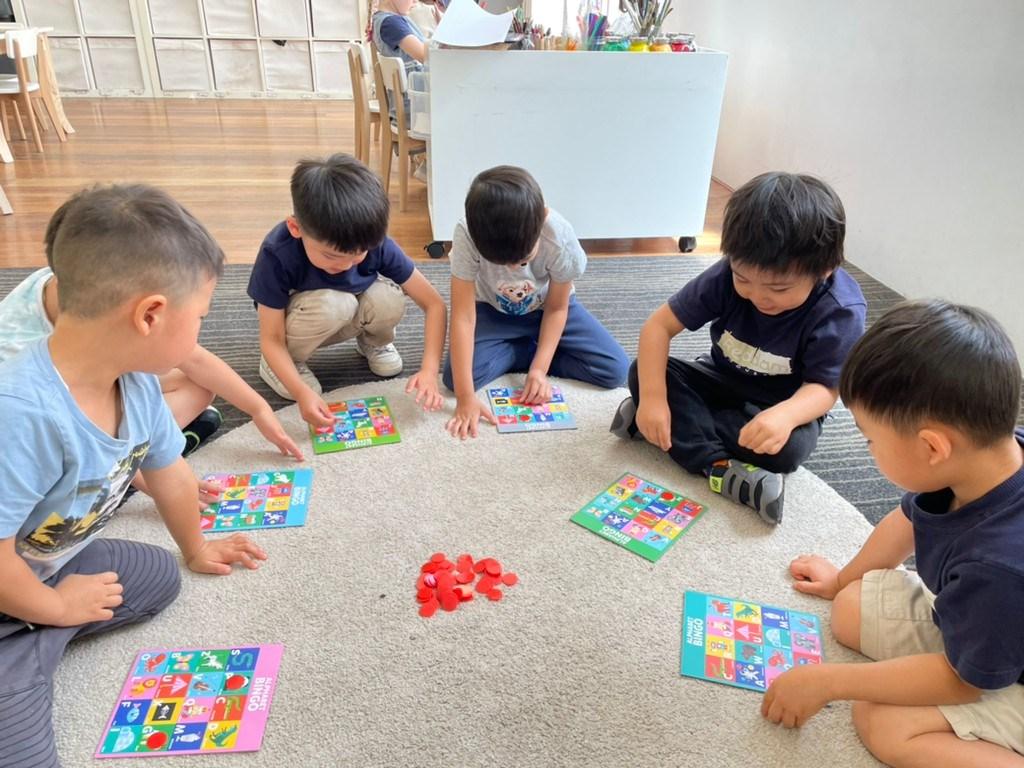
21
Stage 4R
Kim
By Rebecca
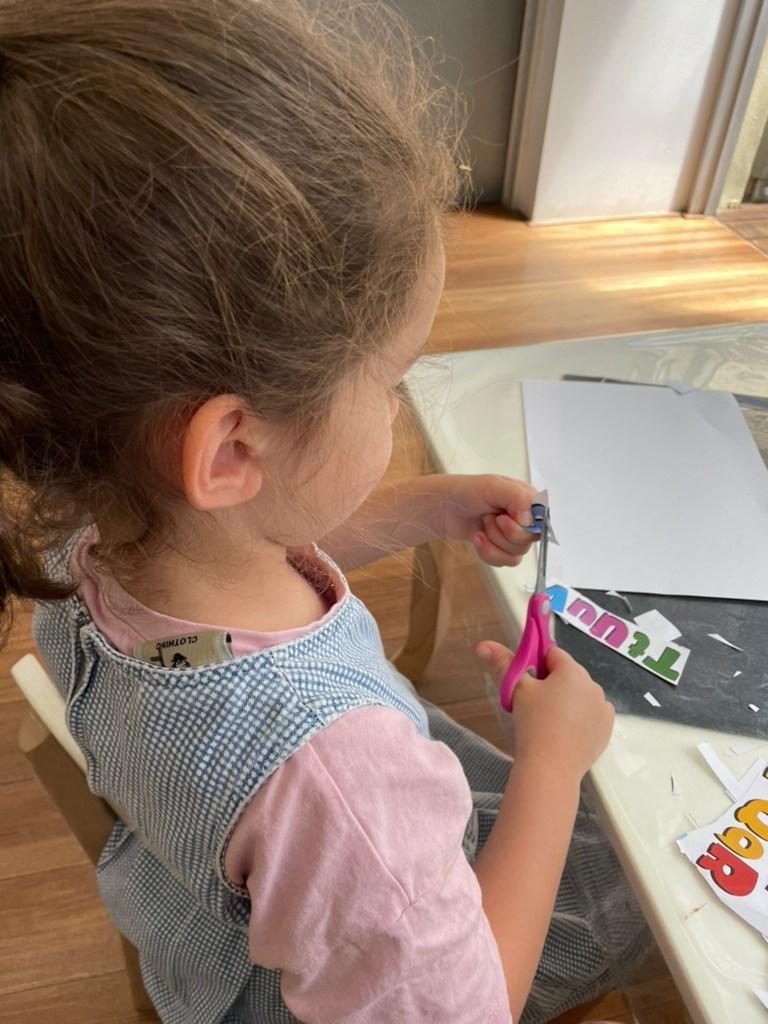

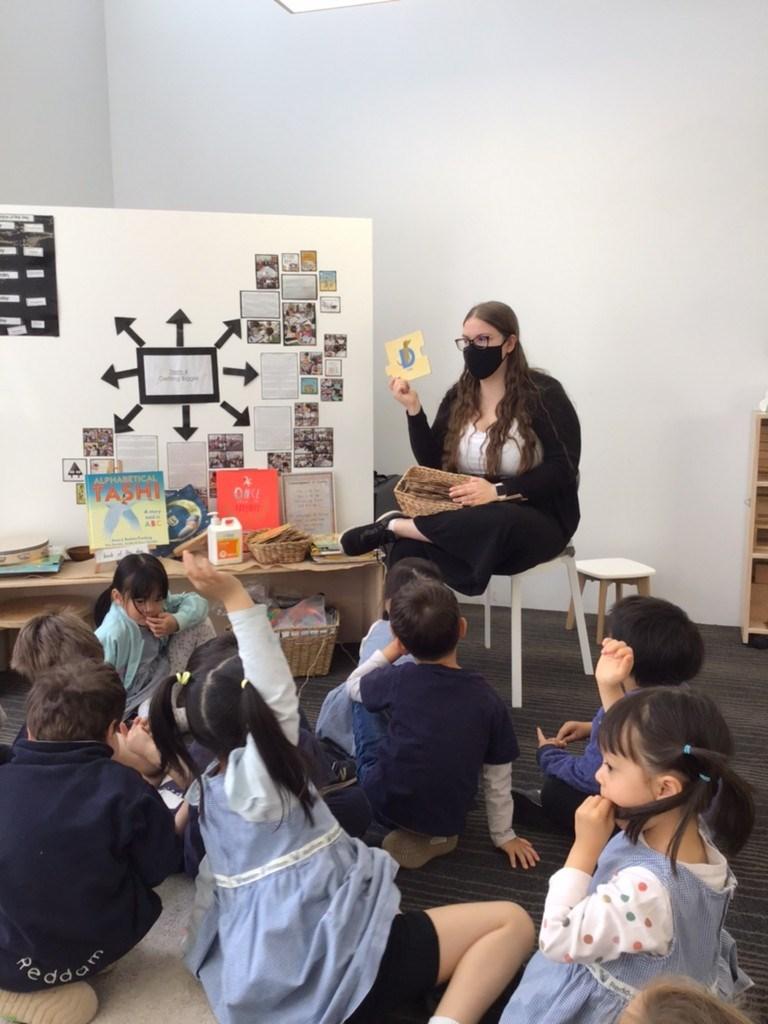
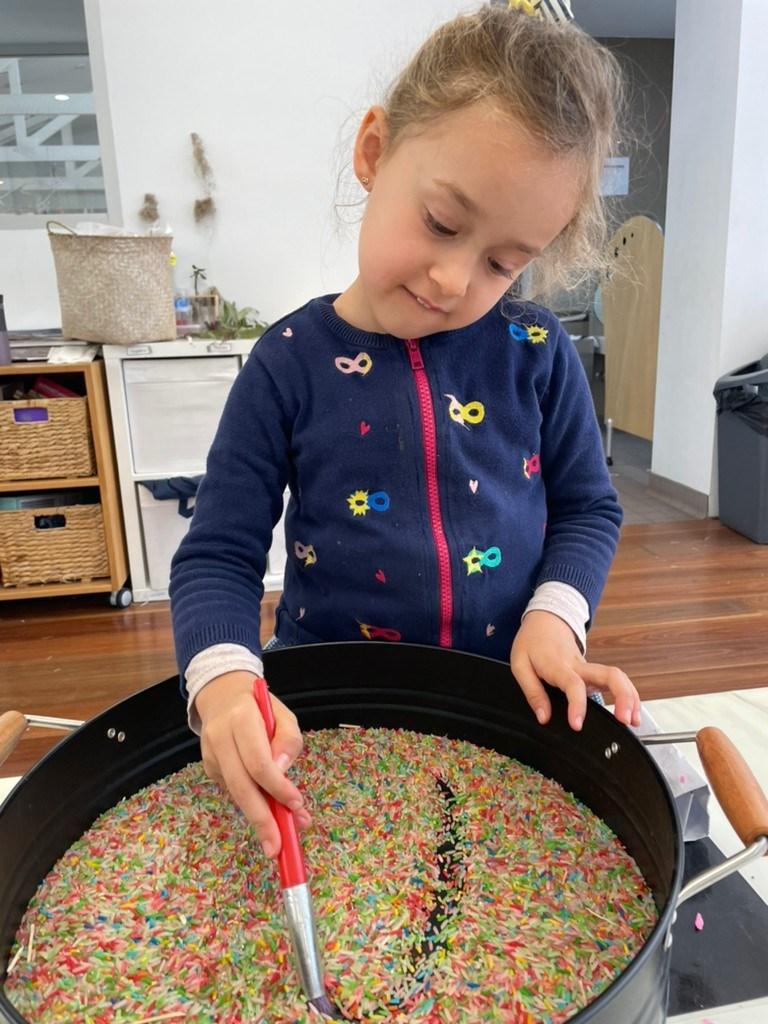
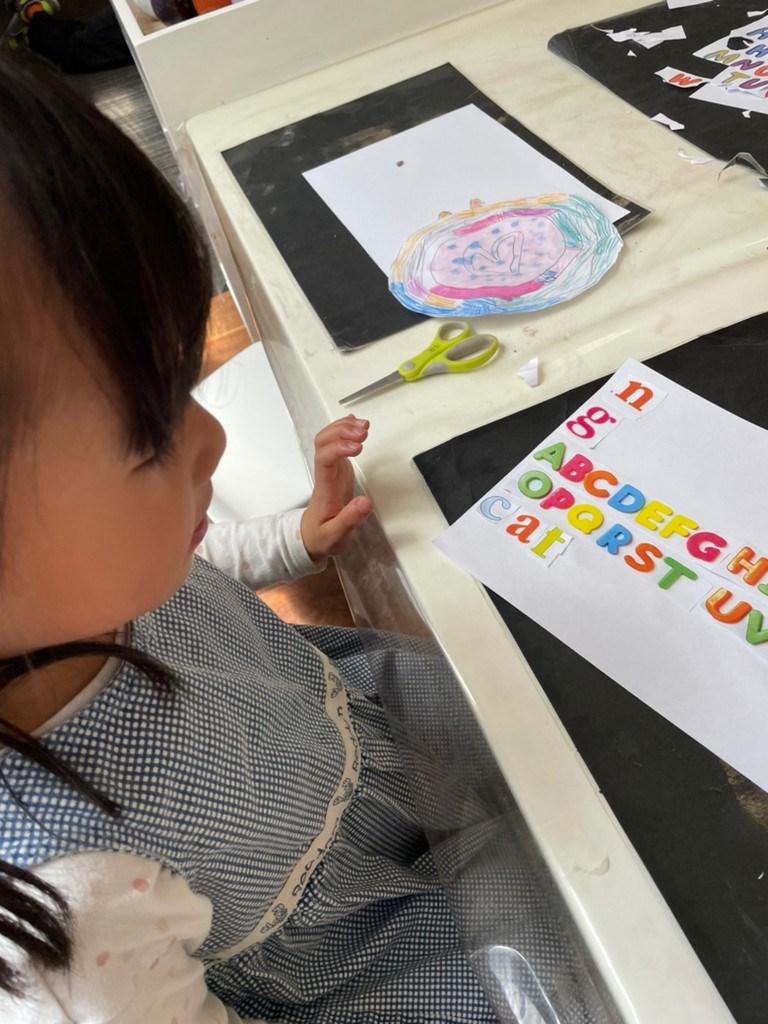
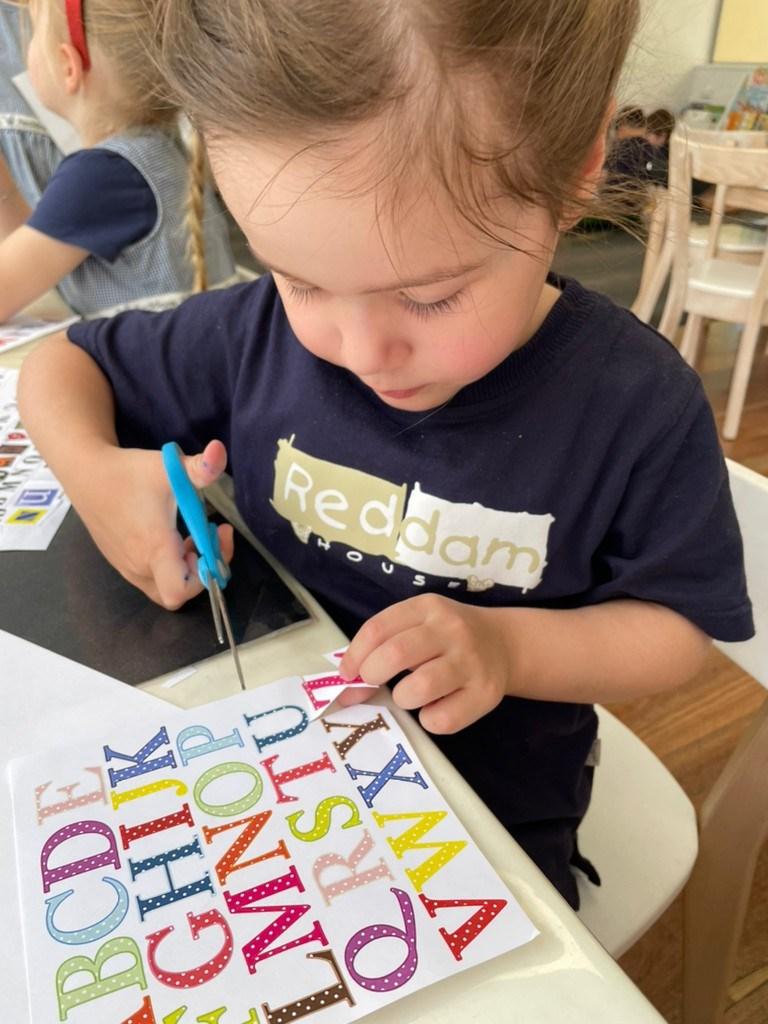
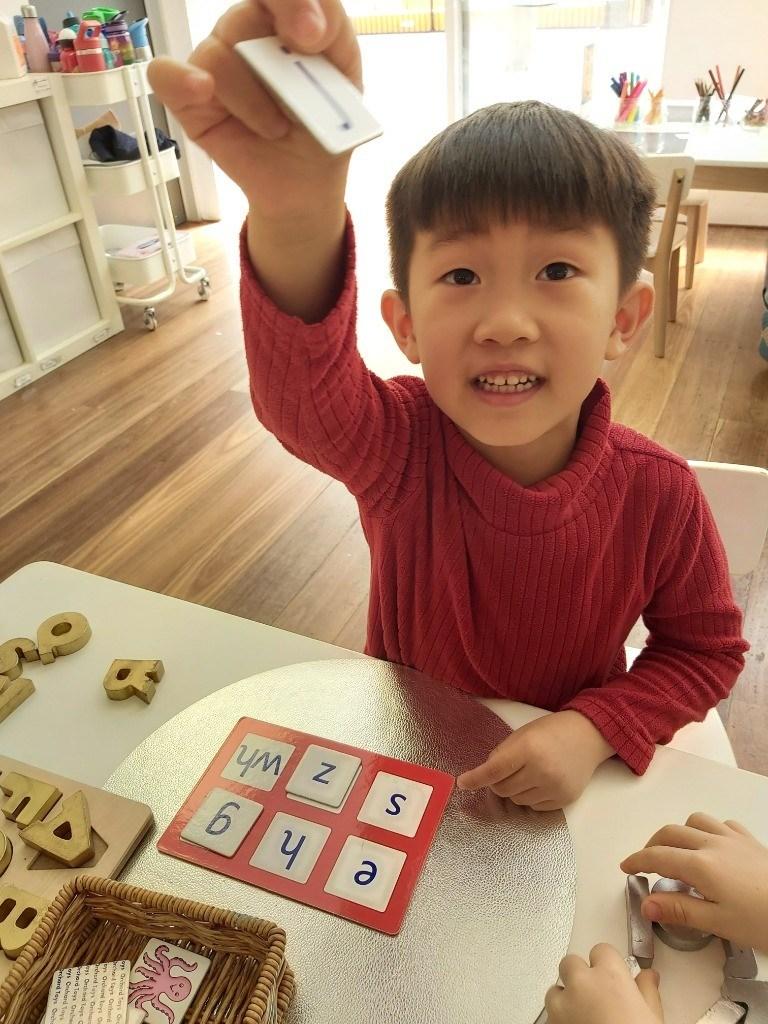
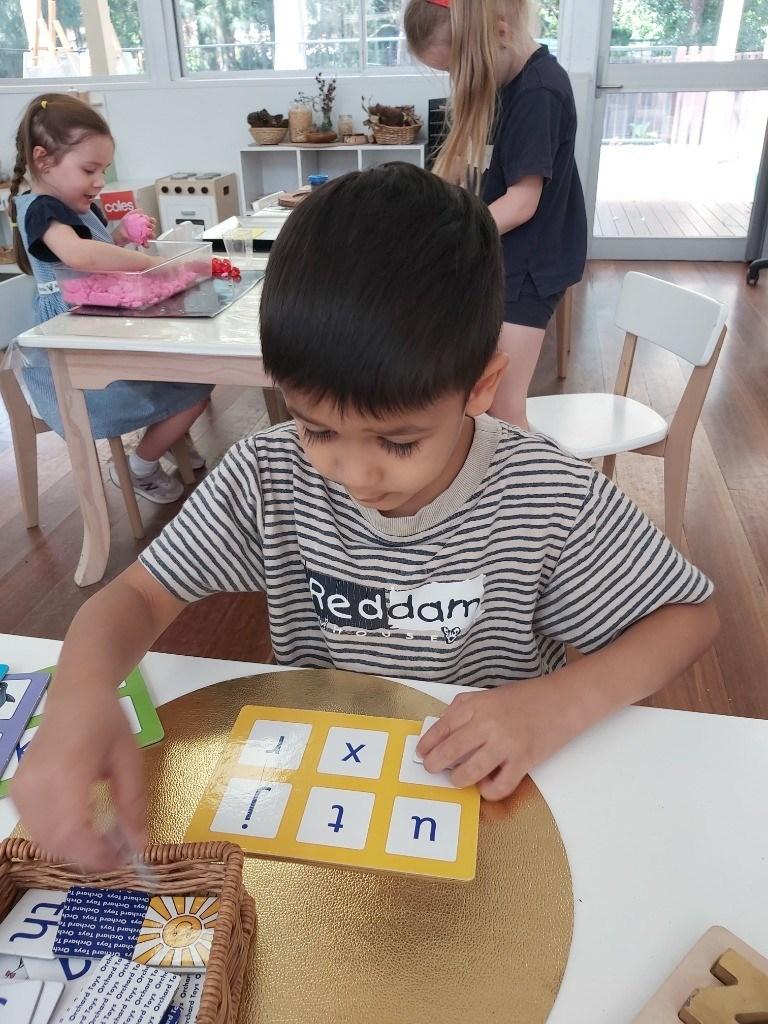

22 Stage 4R:
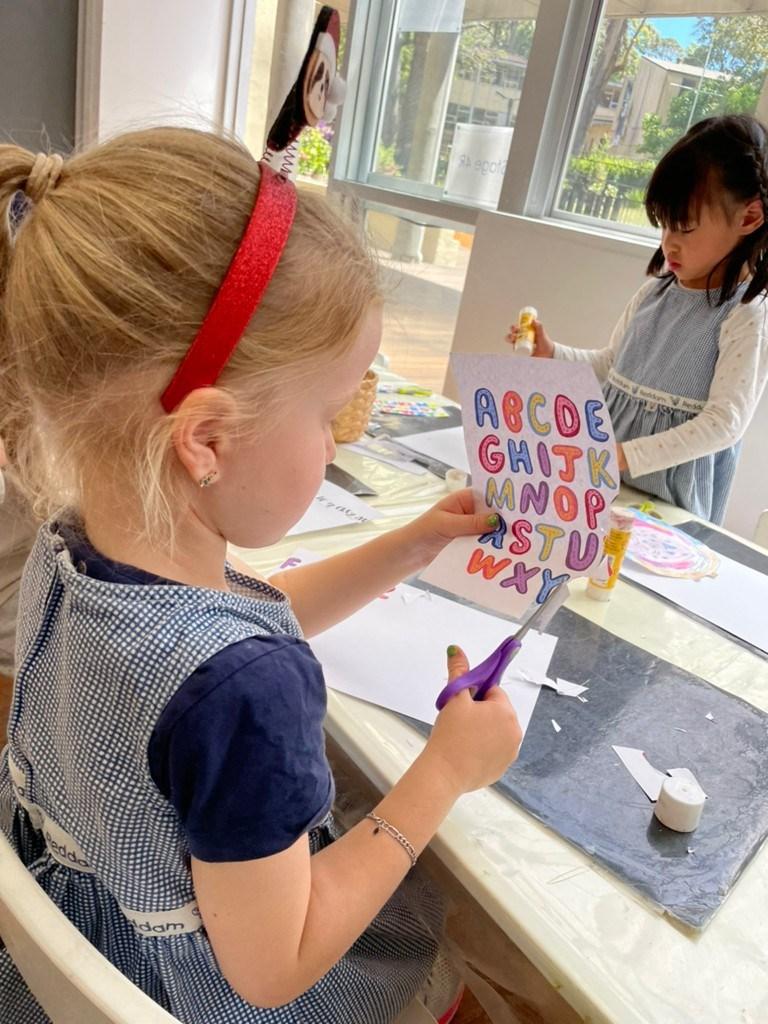
23 Stage 4R:
Be the calm you want to see in your child. Renee Jain
This week our provocation focused on the feeling of calm. Attempting to calm down can be challenging for adults, let alone children. So our class discussed various strategies we can use to make our bodies feel calm and relaxed like the green Colour Monster.

Our story of the week was My Calm Me Down Book by Trace Moroney. We read how Bunny was “having a tantrum, chucking his toys everywhere, and throwing a wobbly.” These were just some of the phrases Bunny used to describe when he wasn’t feeling his calmest. Bunny also described how a dark storm represented the mixed bag of emotions he felt inside himself. We can feel angry, frustrated, confused, tired, and grumpy when we have a dark storm hanging over us, but with some simple strategies, we can try to calm our bodies down. Some ideas Bunny shared with us were:
take deep breaths in and out breathe and pretend you're blowing up a big balloon find a quiet and safe place to sit down engage in a quiet activity on your own cuddle your pet talk to a grown up who understands how you’re
feeling
During our morning sessions, the children explored the classroom provocations. Green water with sushi soy fish were provided to scoop up with fishing nets, and green playdough was used to sculpt and create gardens for our green colour monster. The green sand trays were also popular for the children to manipulate and role play with different emotional peg dolls. Our numeracy station allowed the children to use connector blocks to stack on top of each other to practise one to one correspondence, and mandalas were created out of wooden leaves and flowers to explore patterning and symmetry. In our small world area, the children continued with their interest in forest creatures, creating habitats for each animal with the natural materials. In the atelier, the children were invited to create leafy green collages inspired by the green Colour Monster's illustrations when he is calm and surrounded by nature.
Our fairy tale of the week was Snow White and the Seven Dwarfs. We read about how the evil Queen was jealous of Snow White's beauty, so her huntsman took her into the woods and told her to run away. Snow White ended up at a little house that belonged to the dwarfs who kindly let her stay with them, until an old lady tricked her into eating a poisonous apple. We also analysed the different characters and discussed why each of the dwarfs was given their names,
Stage 4E
Lauren Hall
By


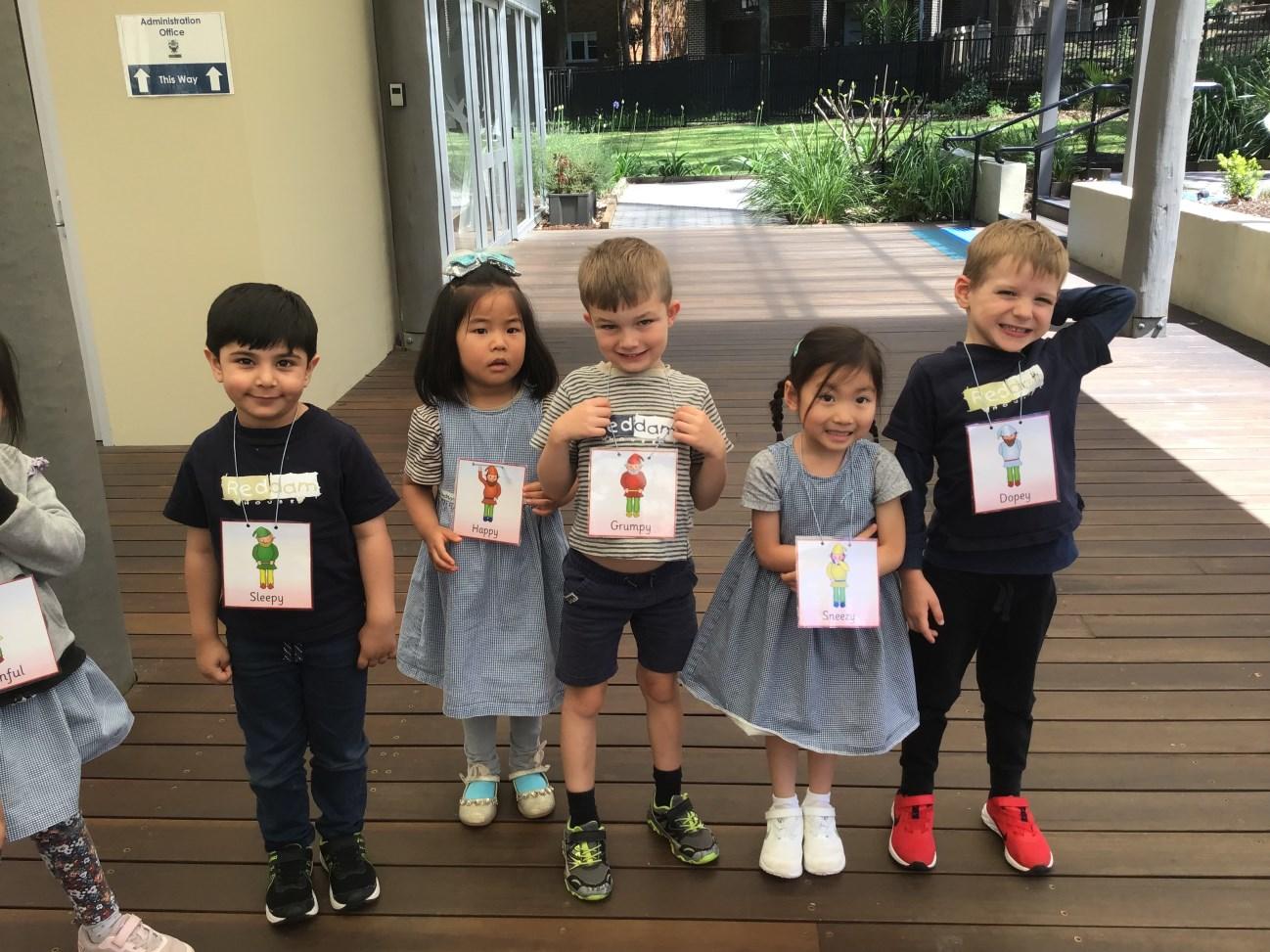
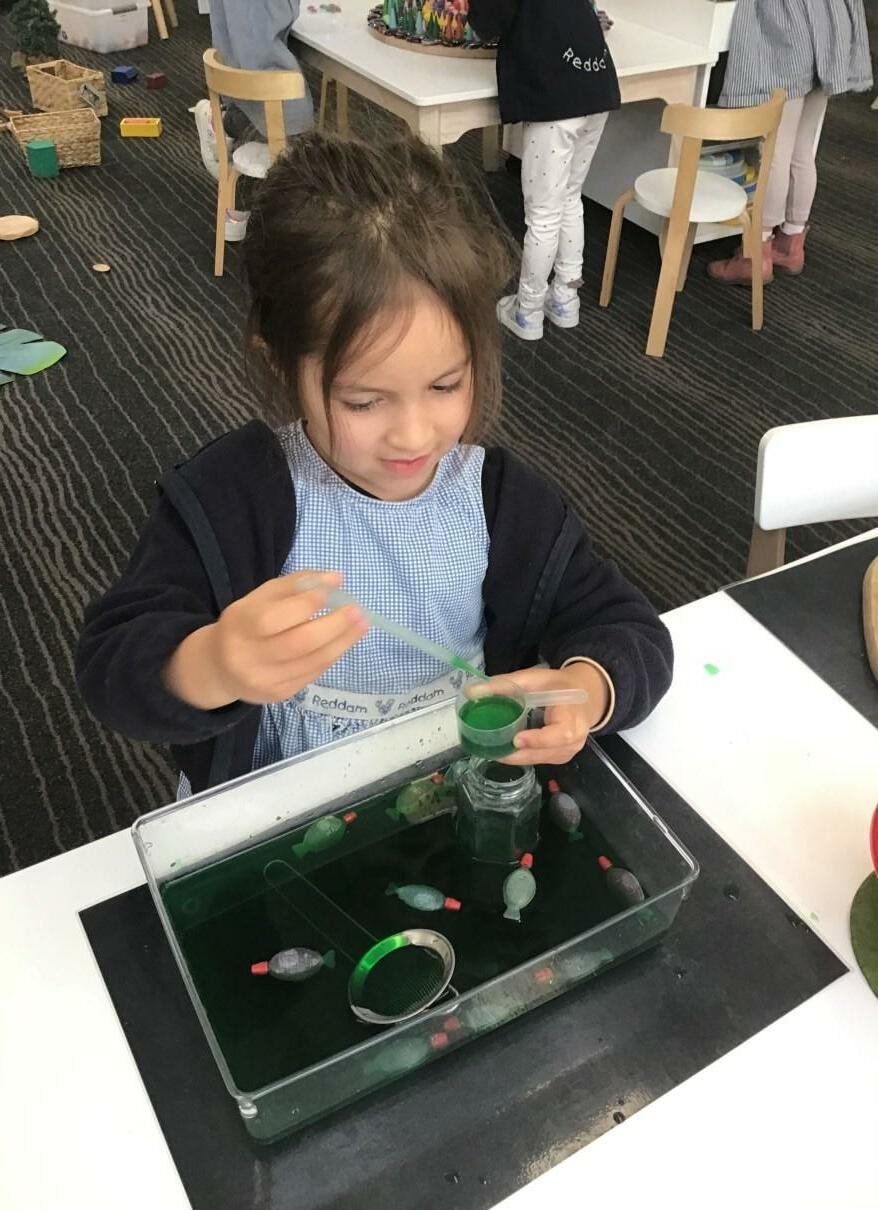

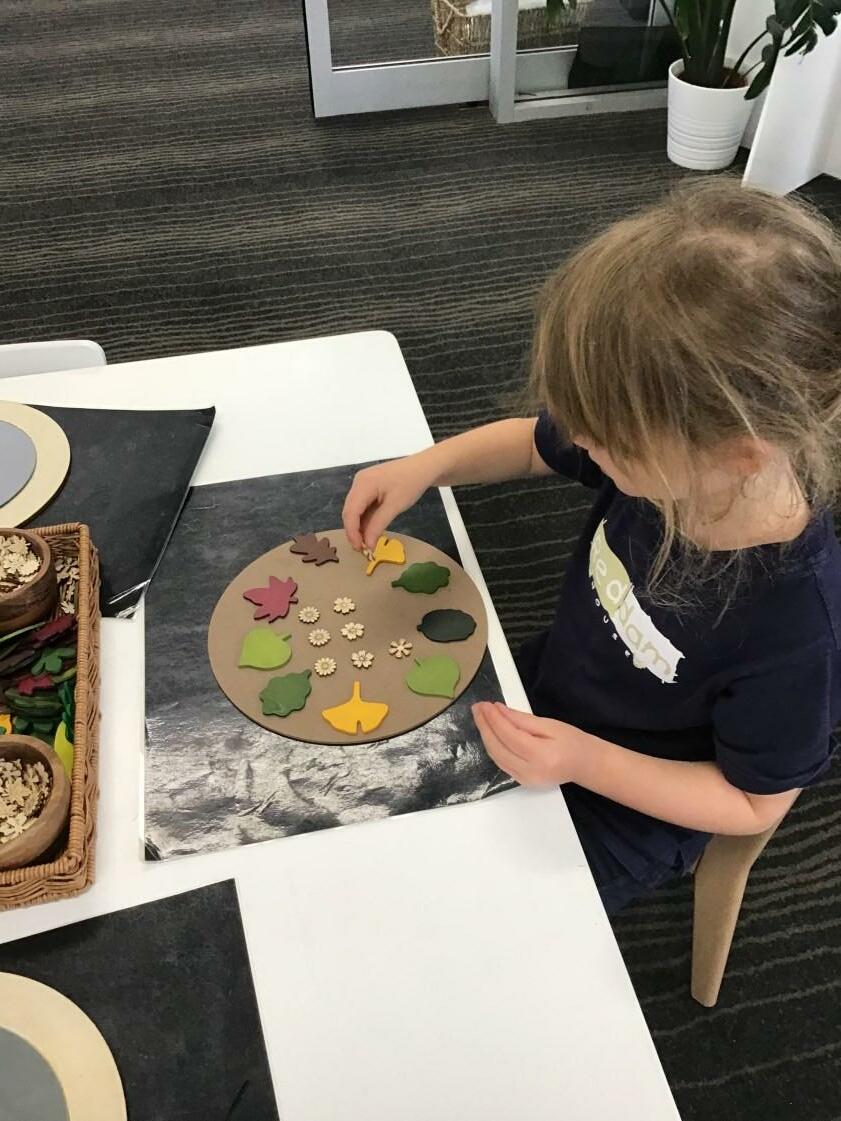
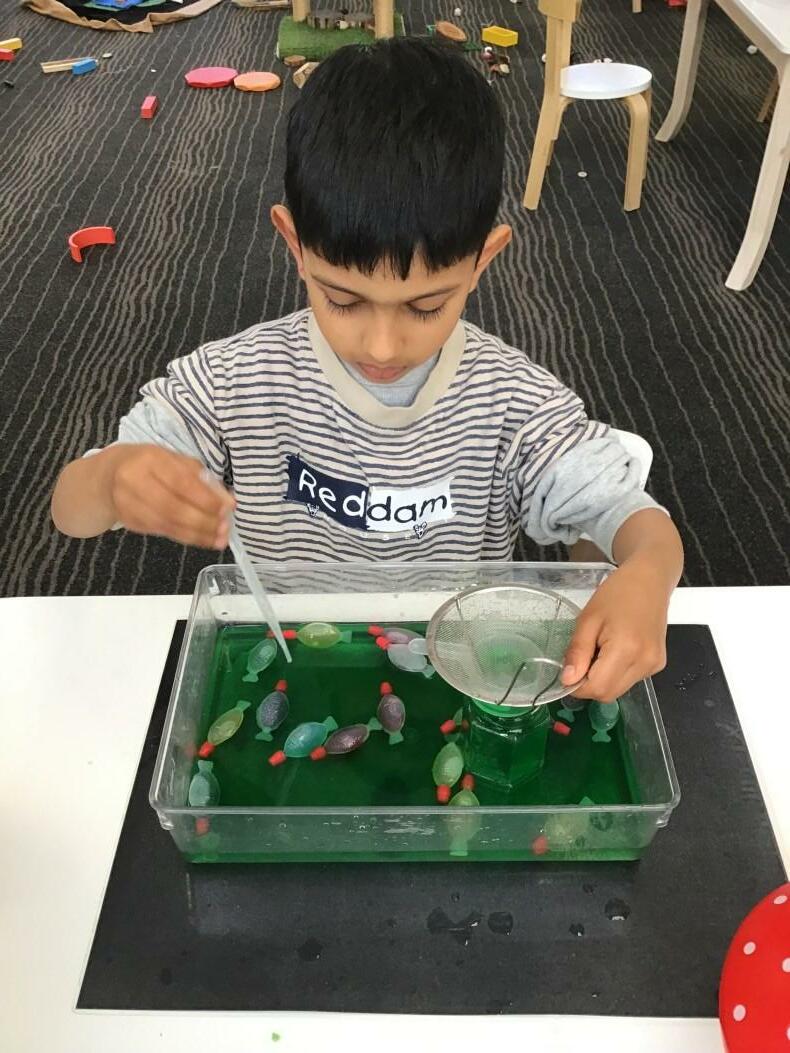
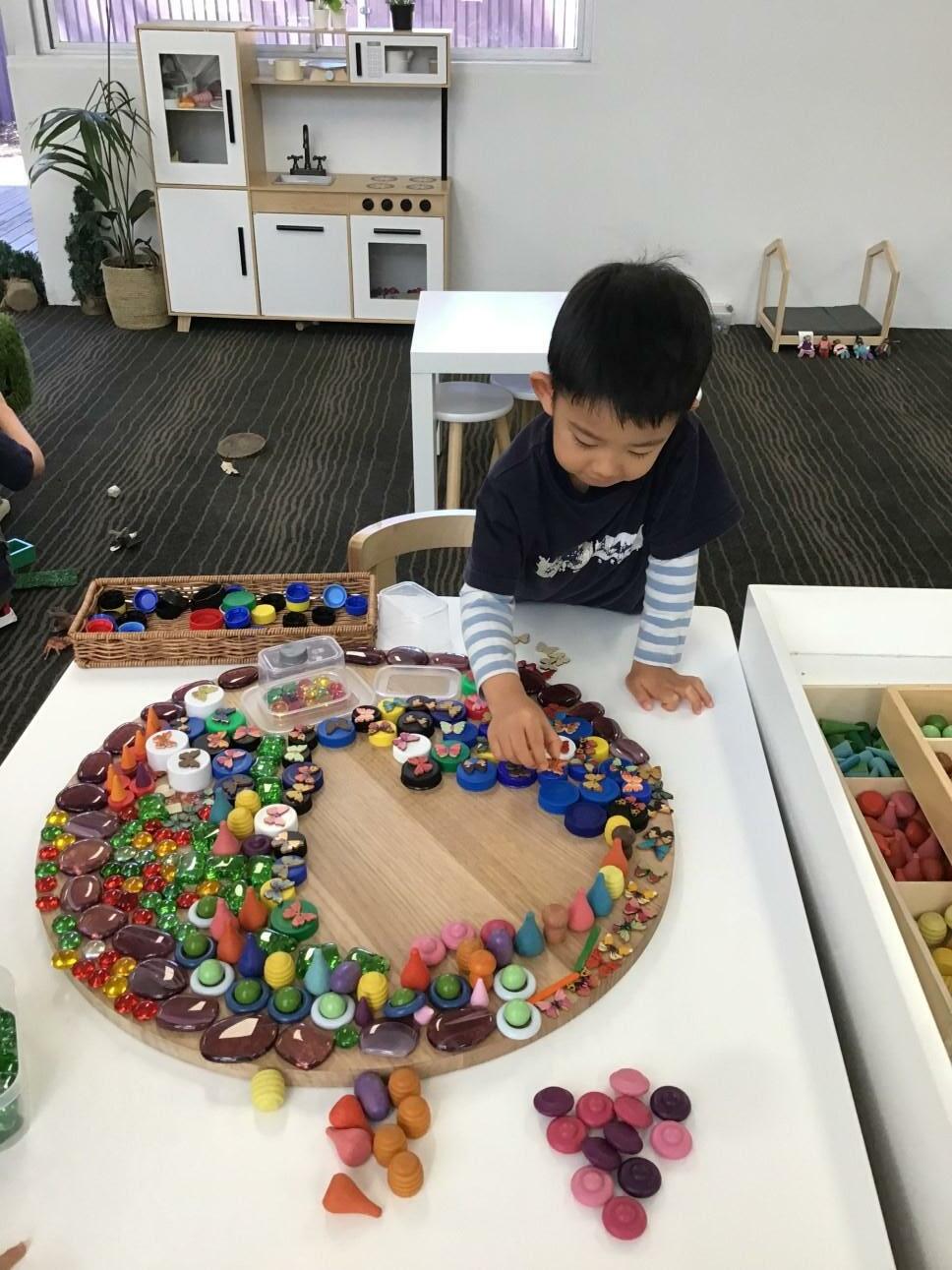
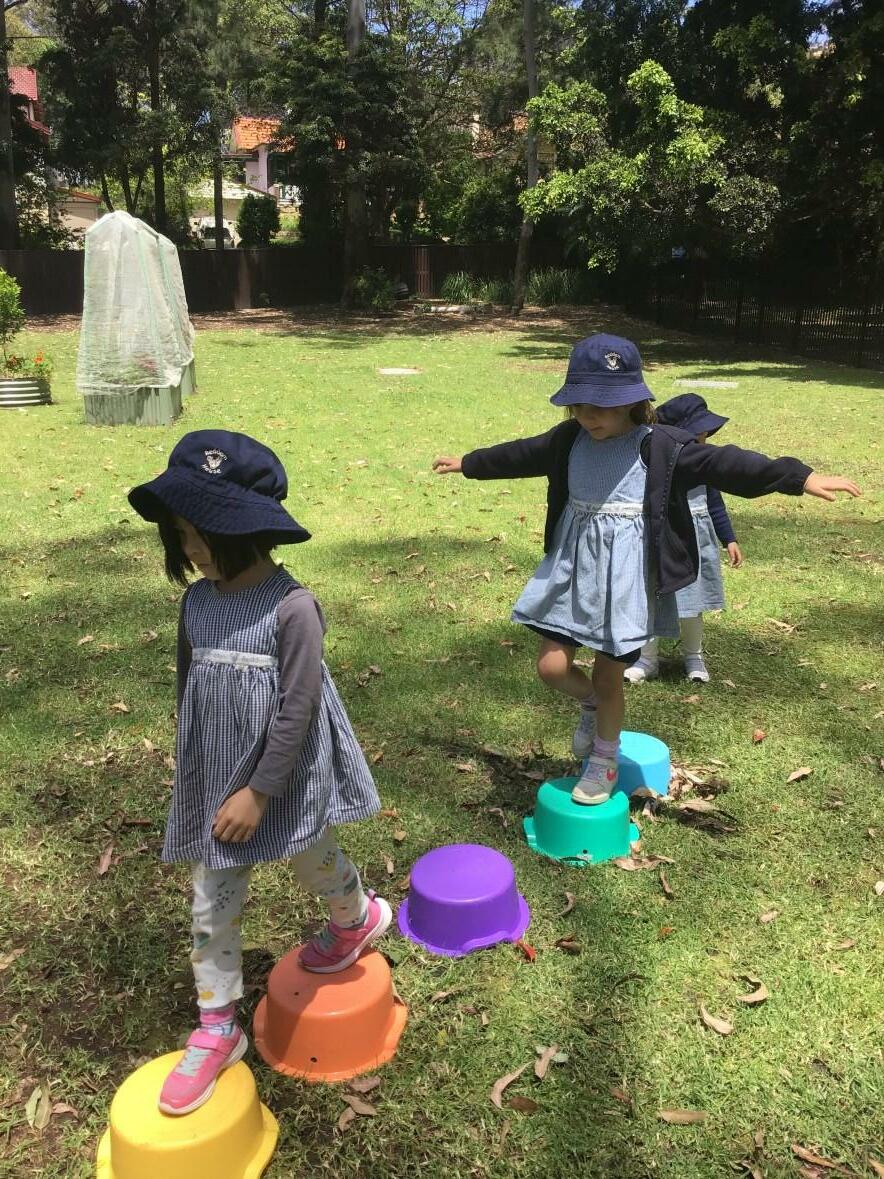
Stage 4E: 25
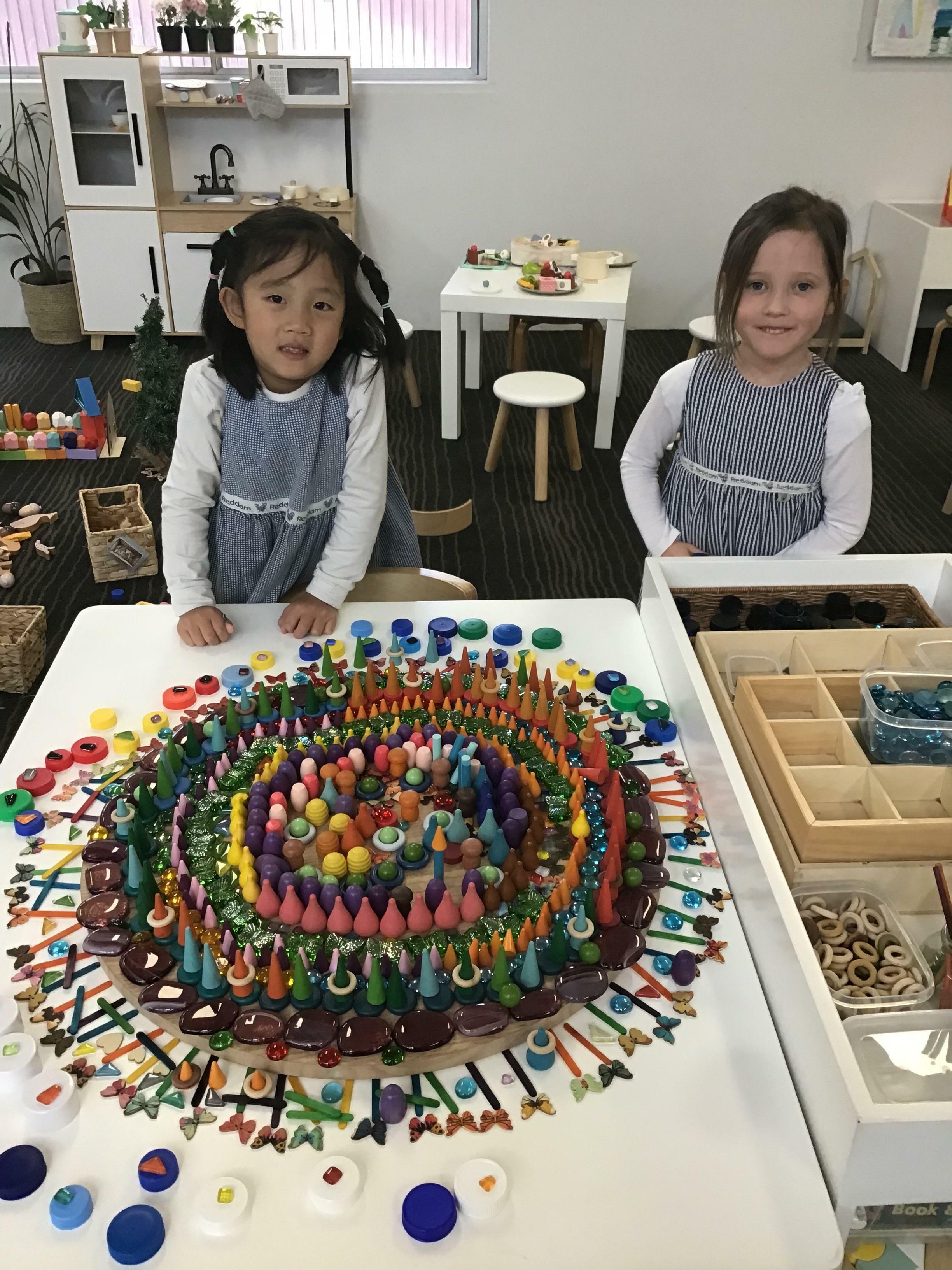
Stage 4E:
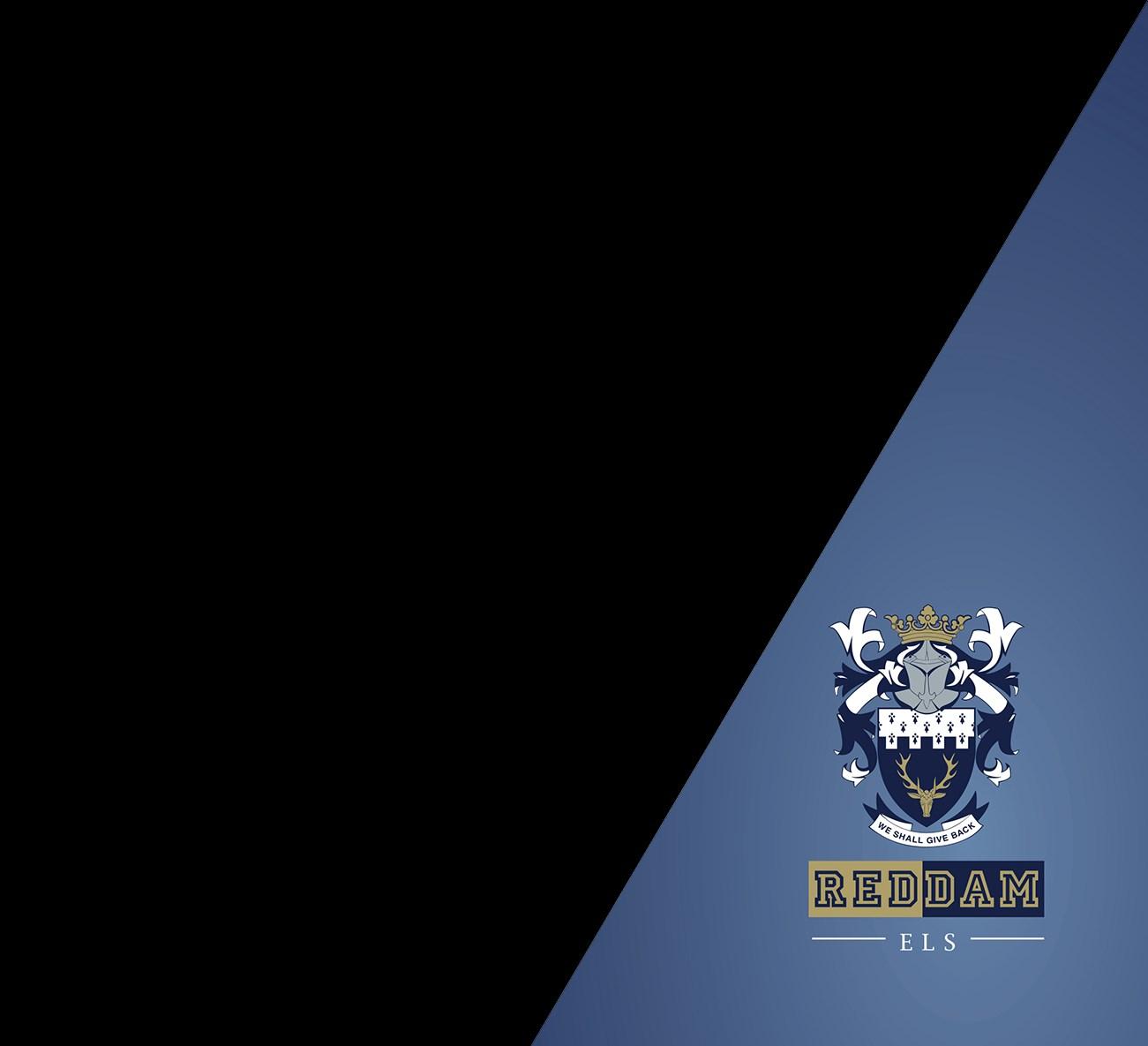
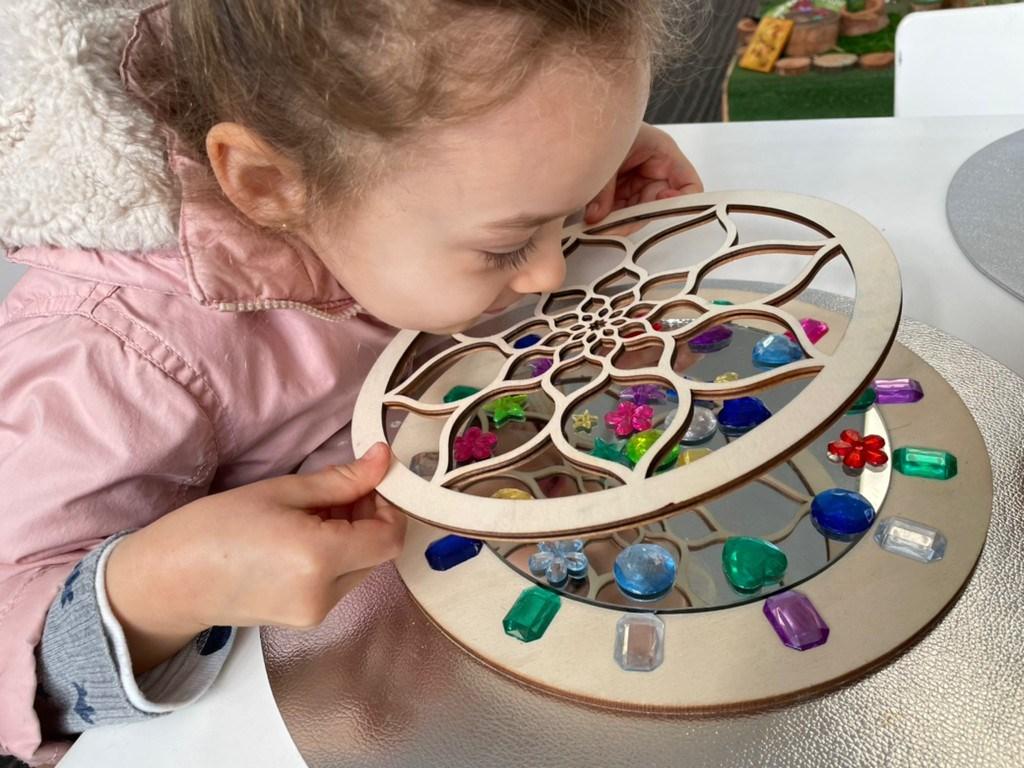












 By Charity Acera
By Charity Acera













































































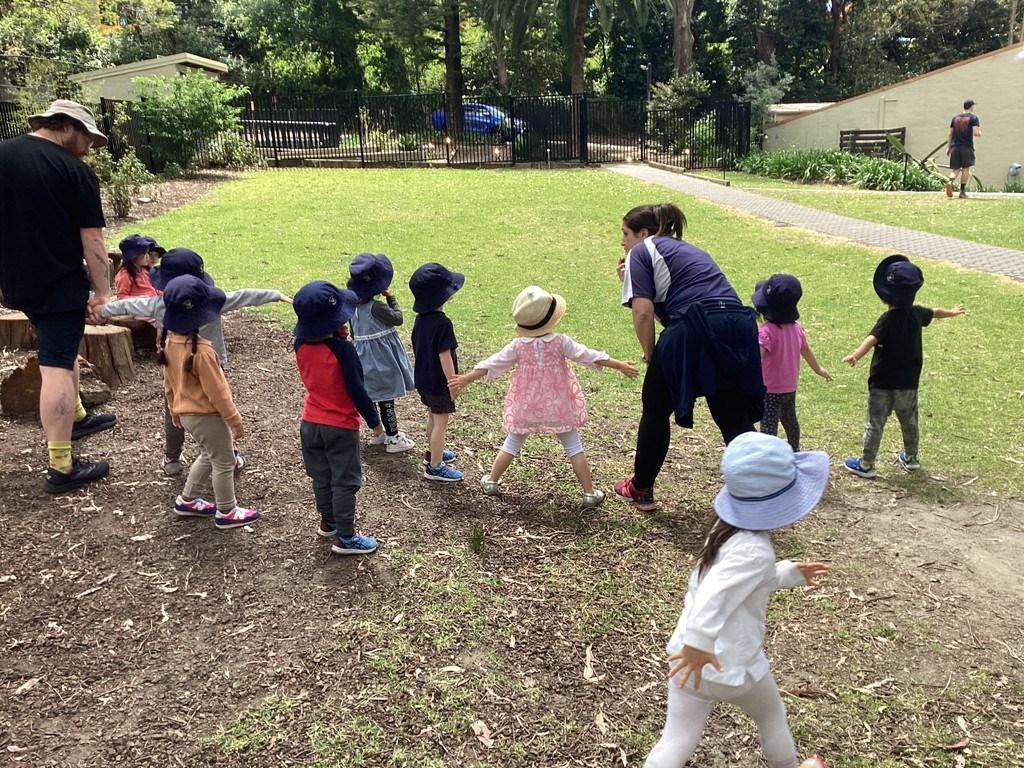 By Coach Lauren
By Coach Lauren
